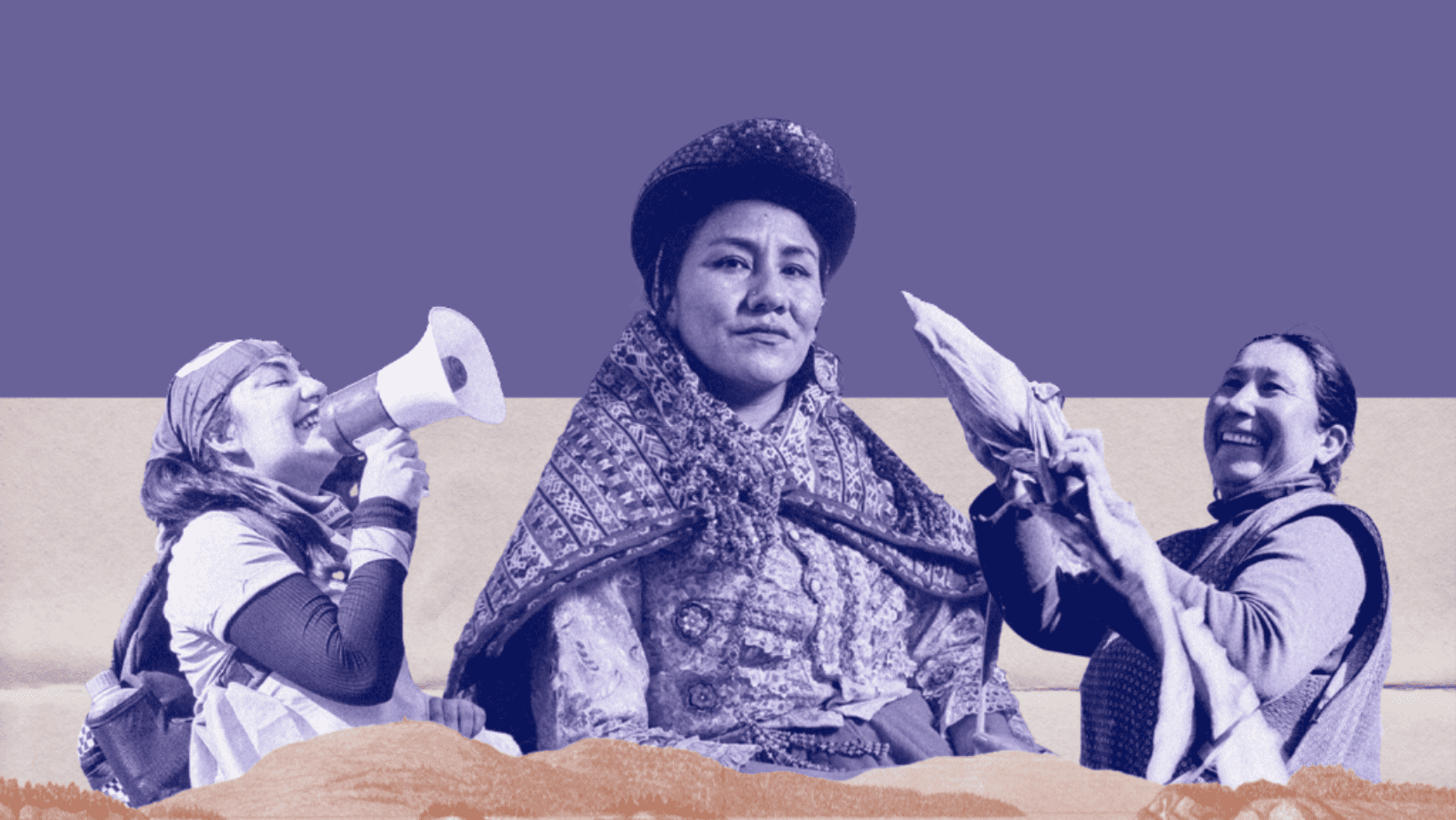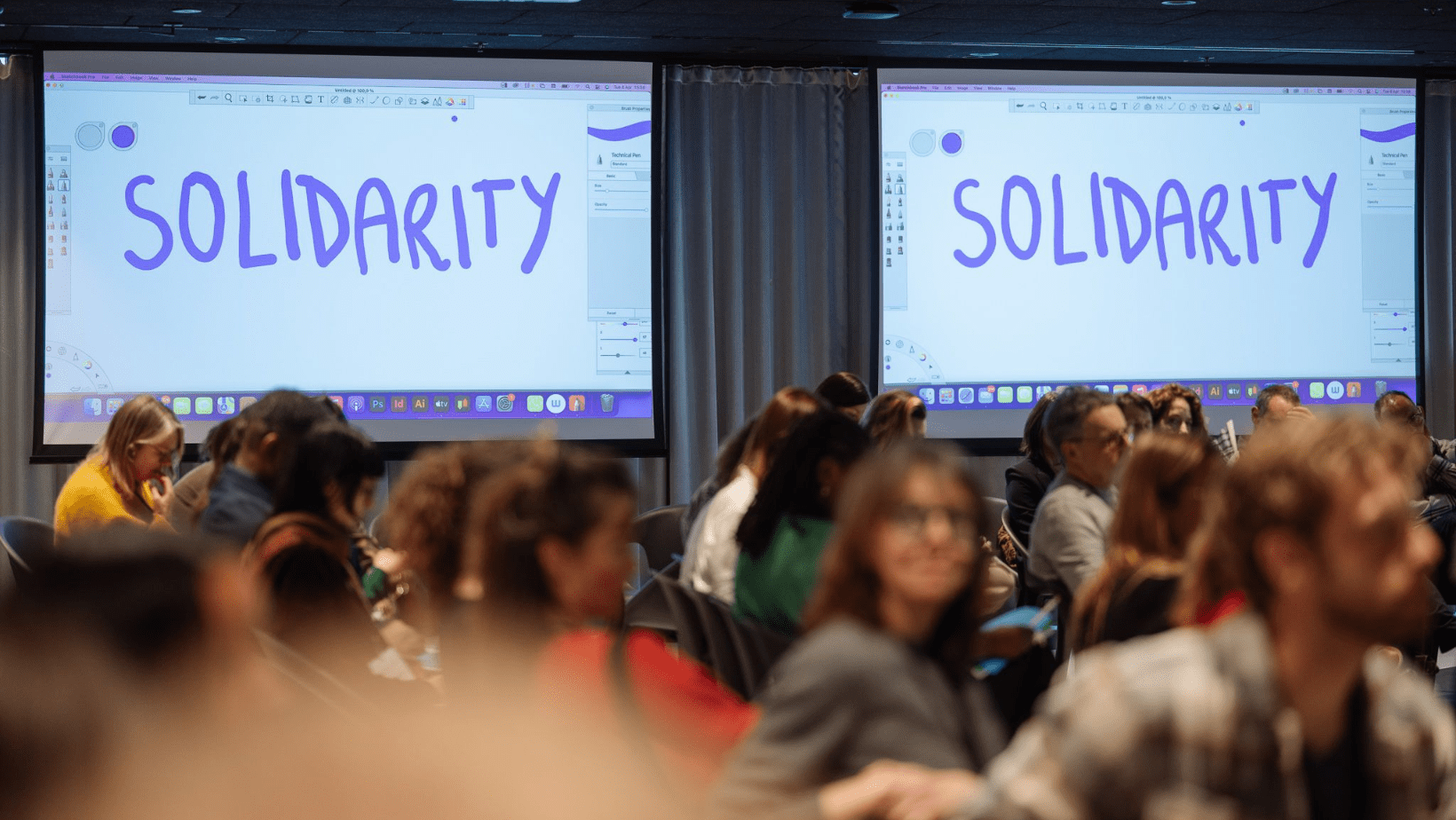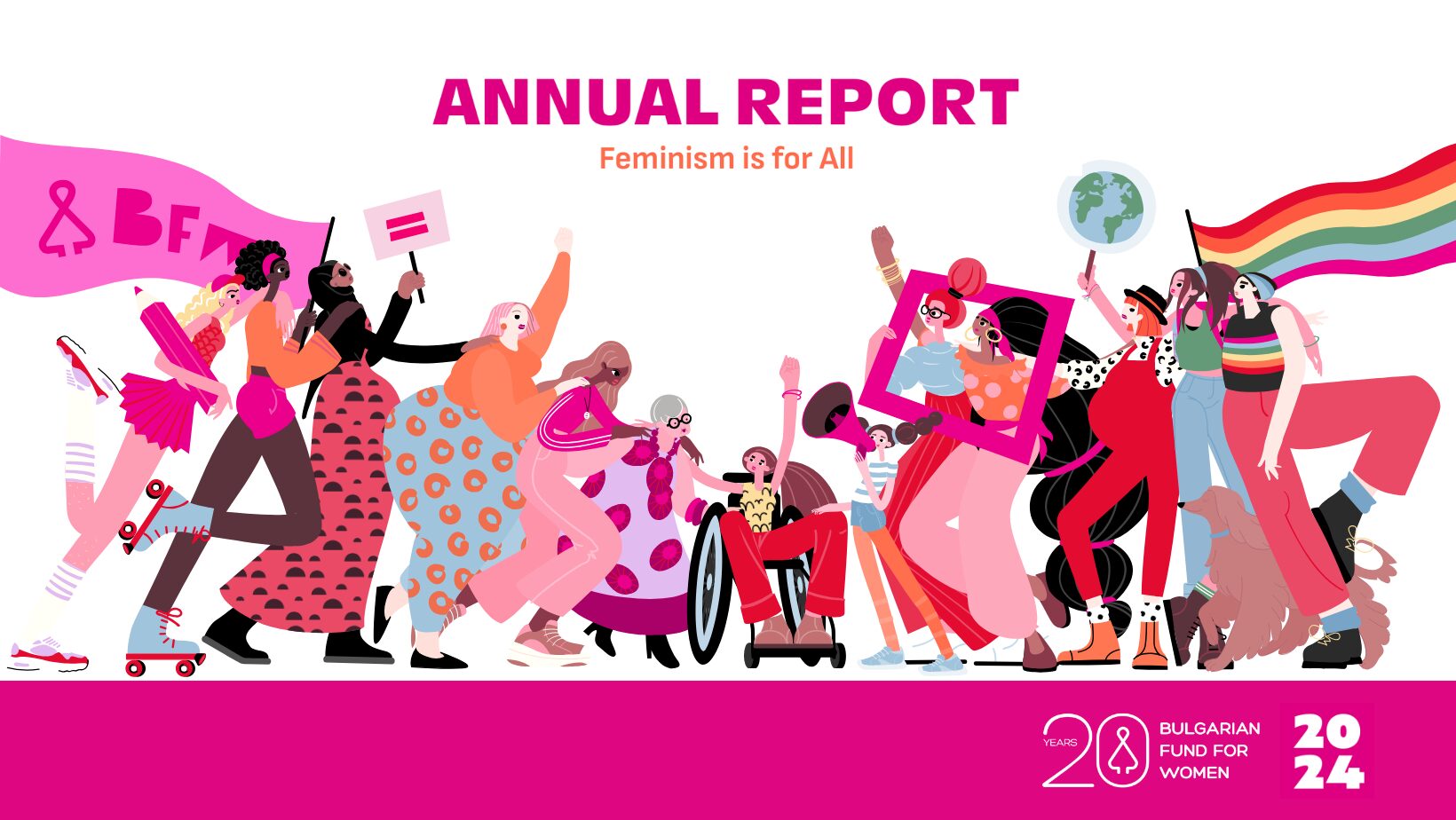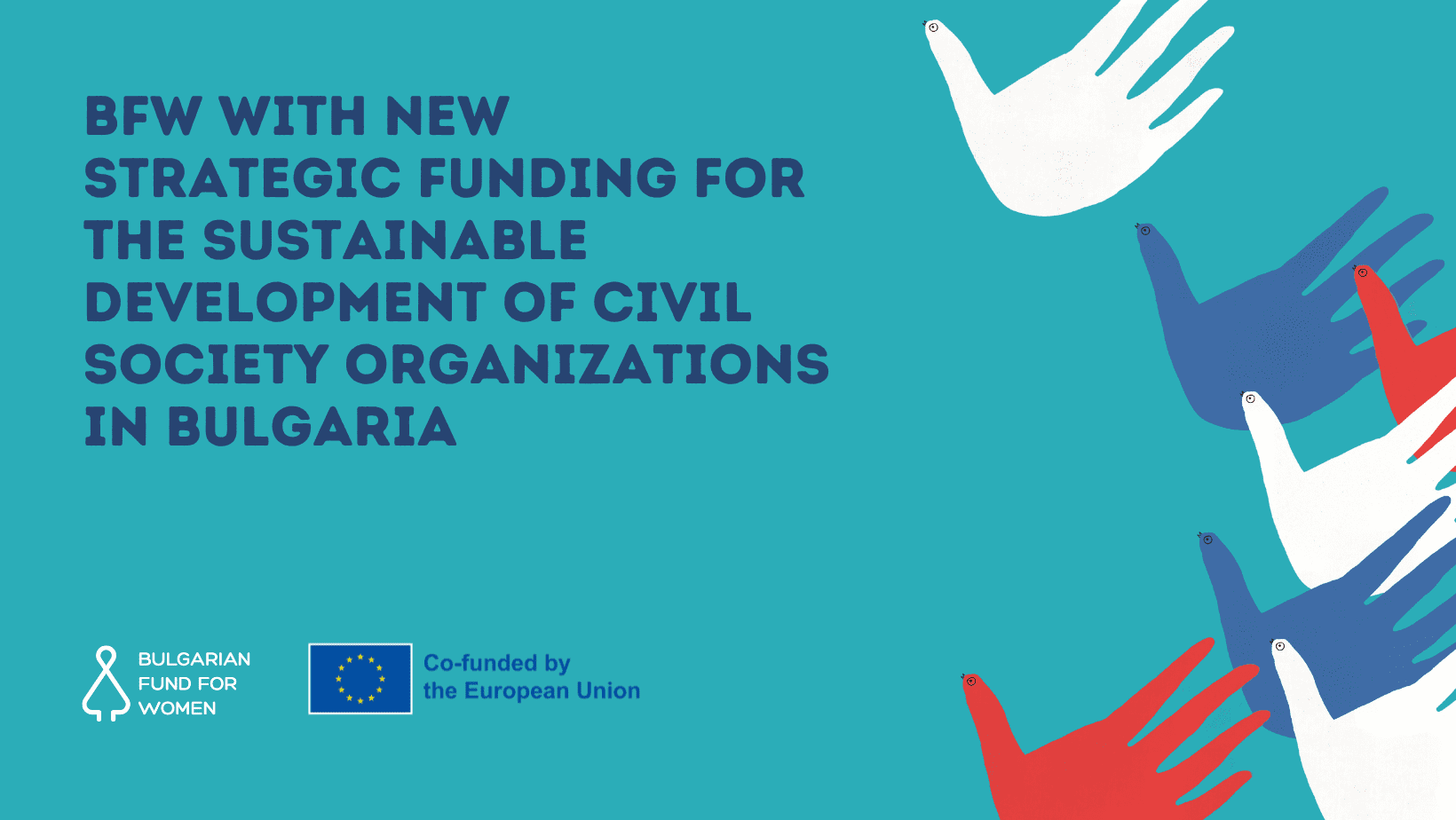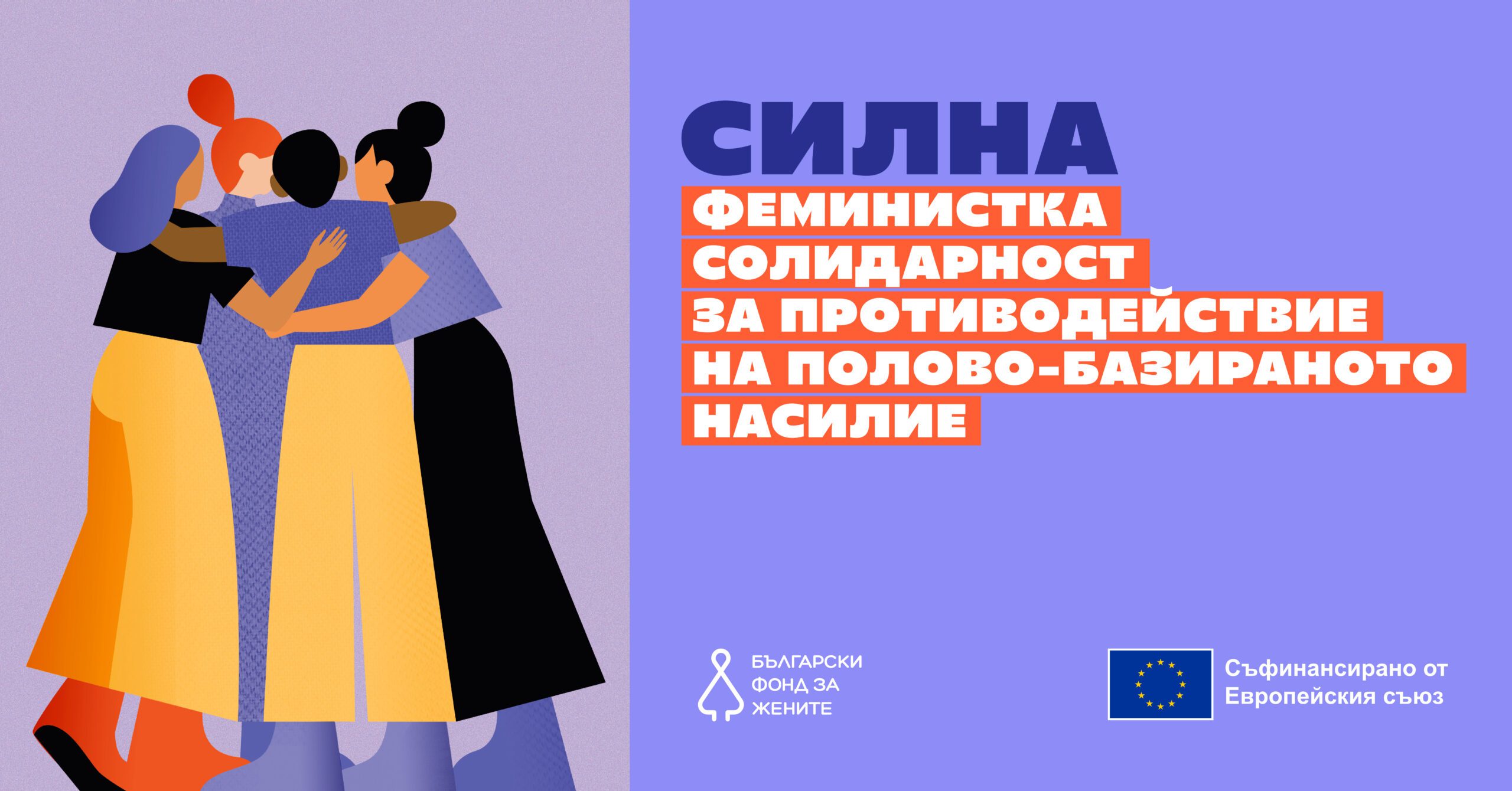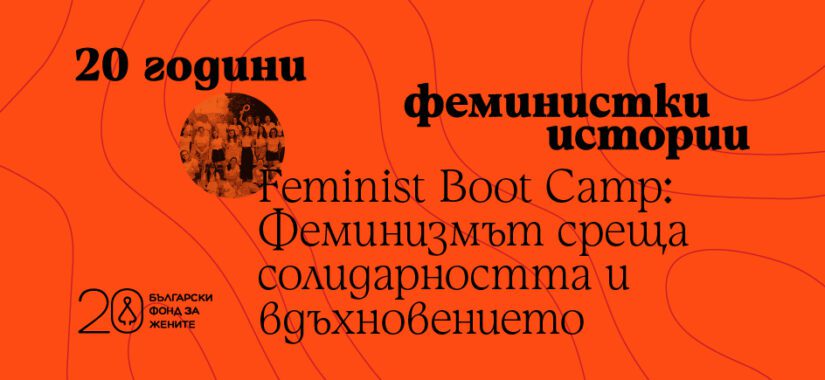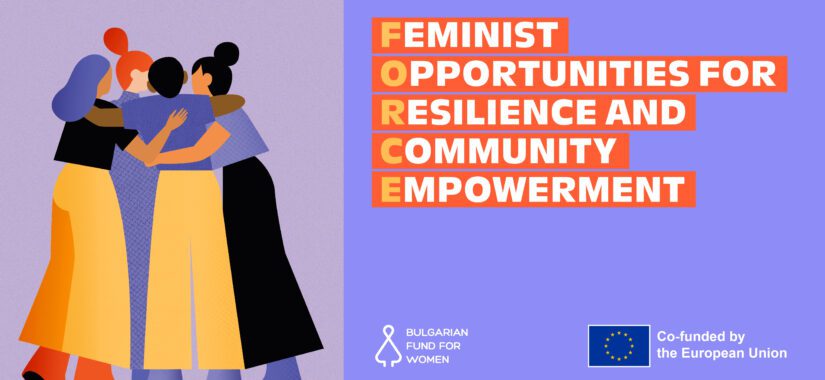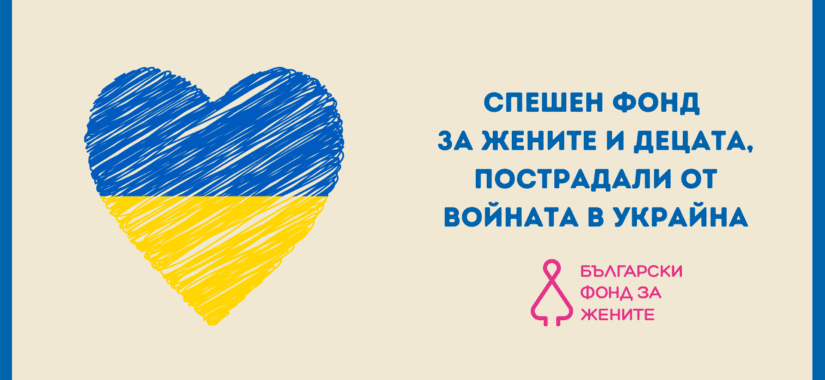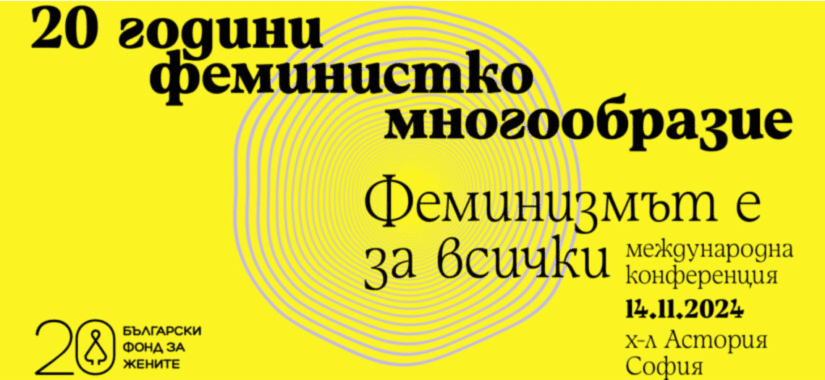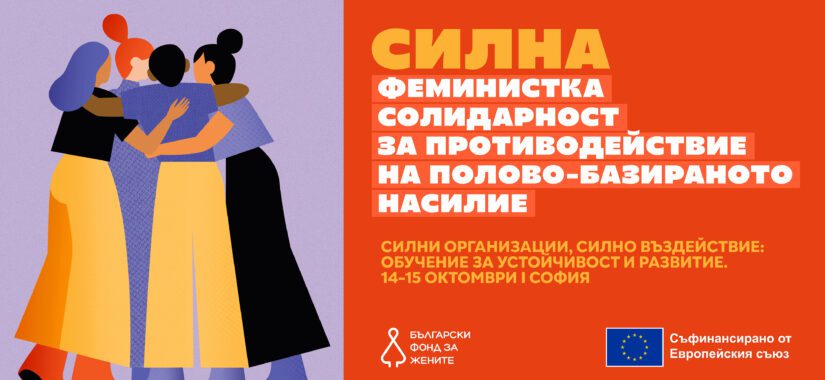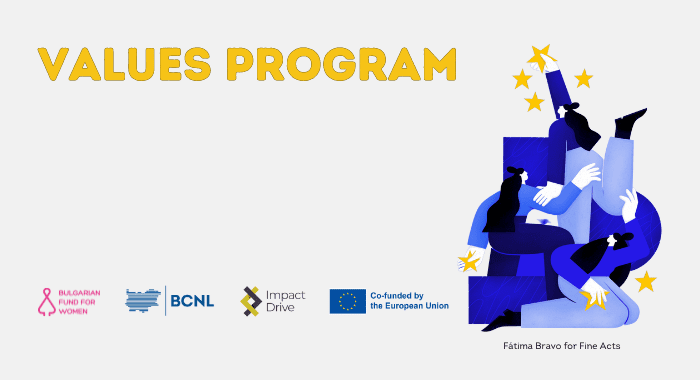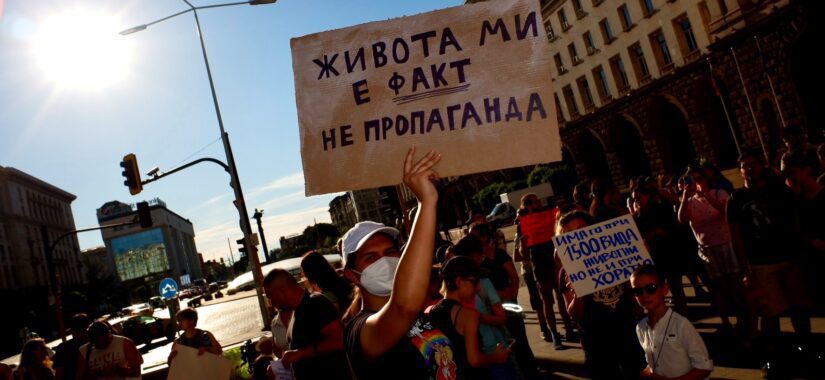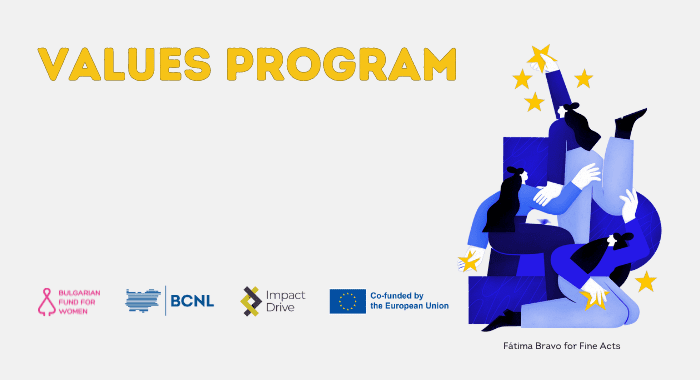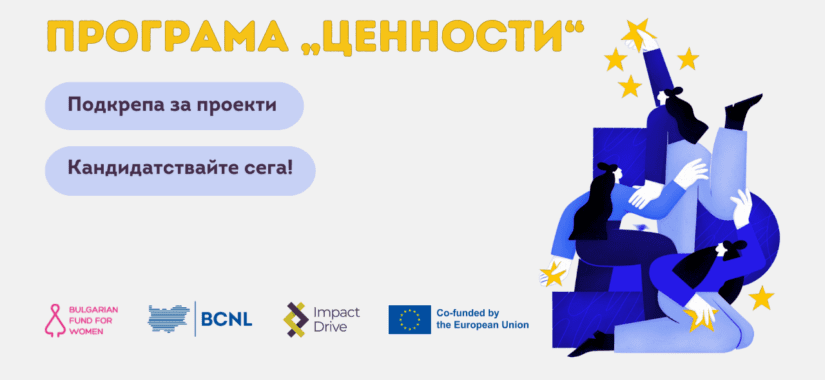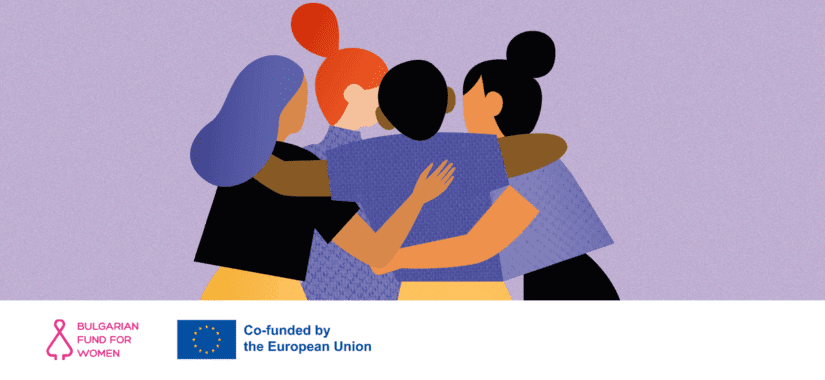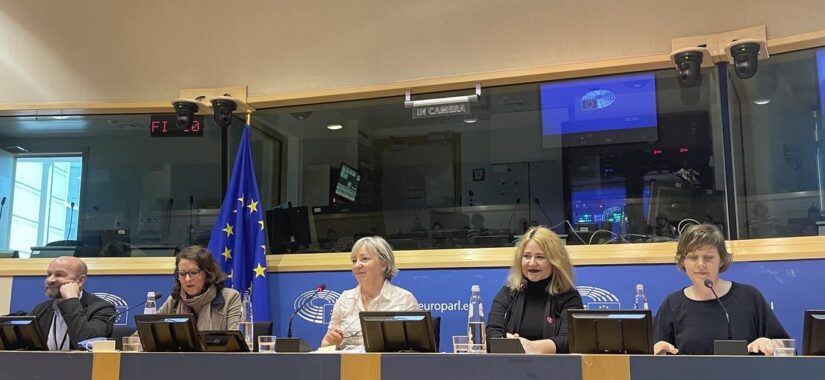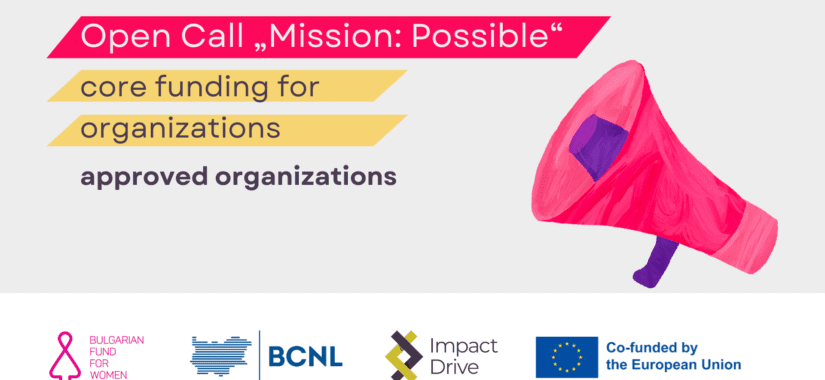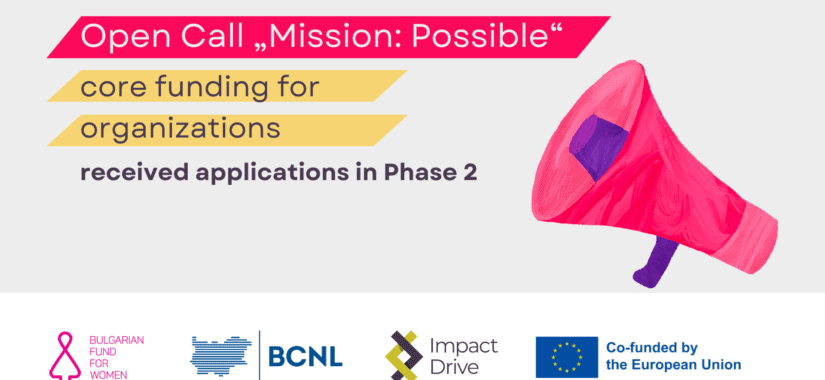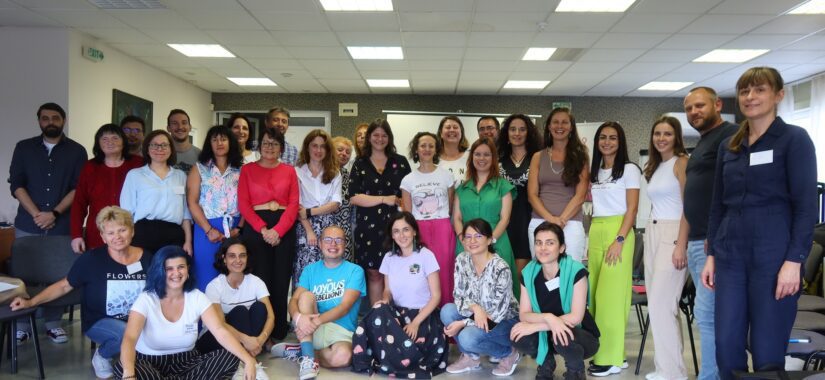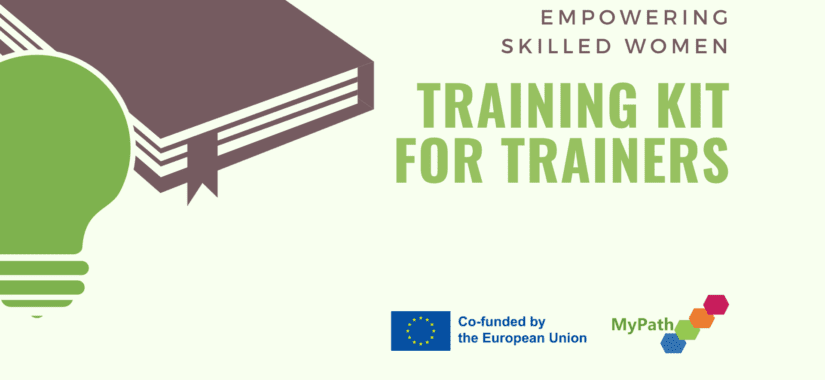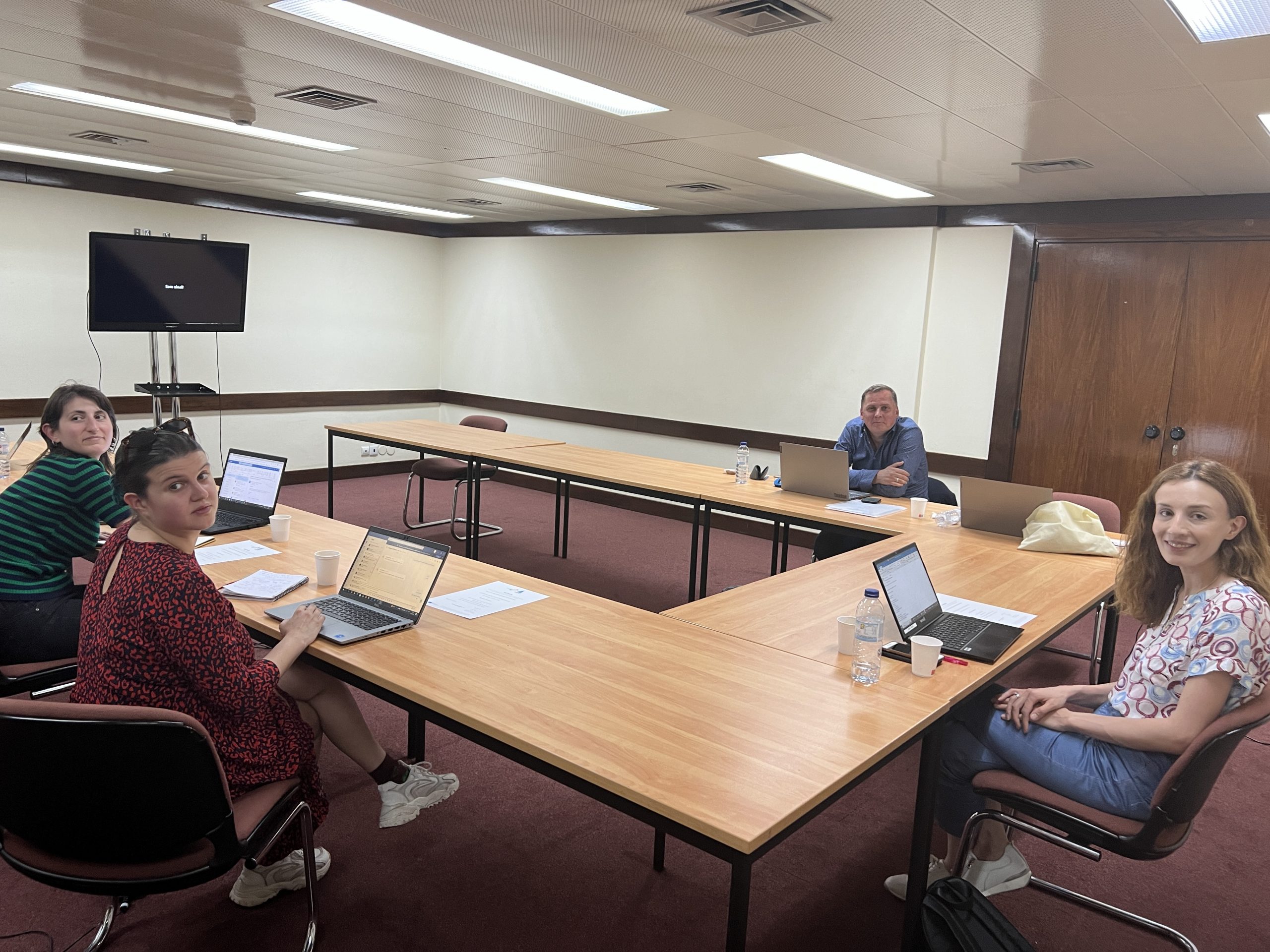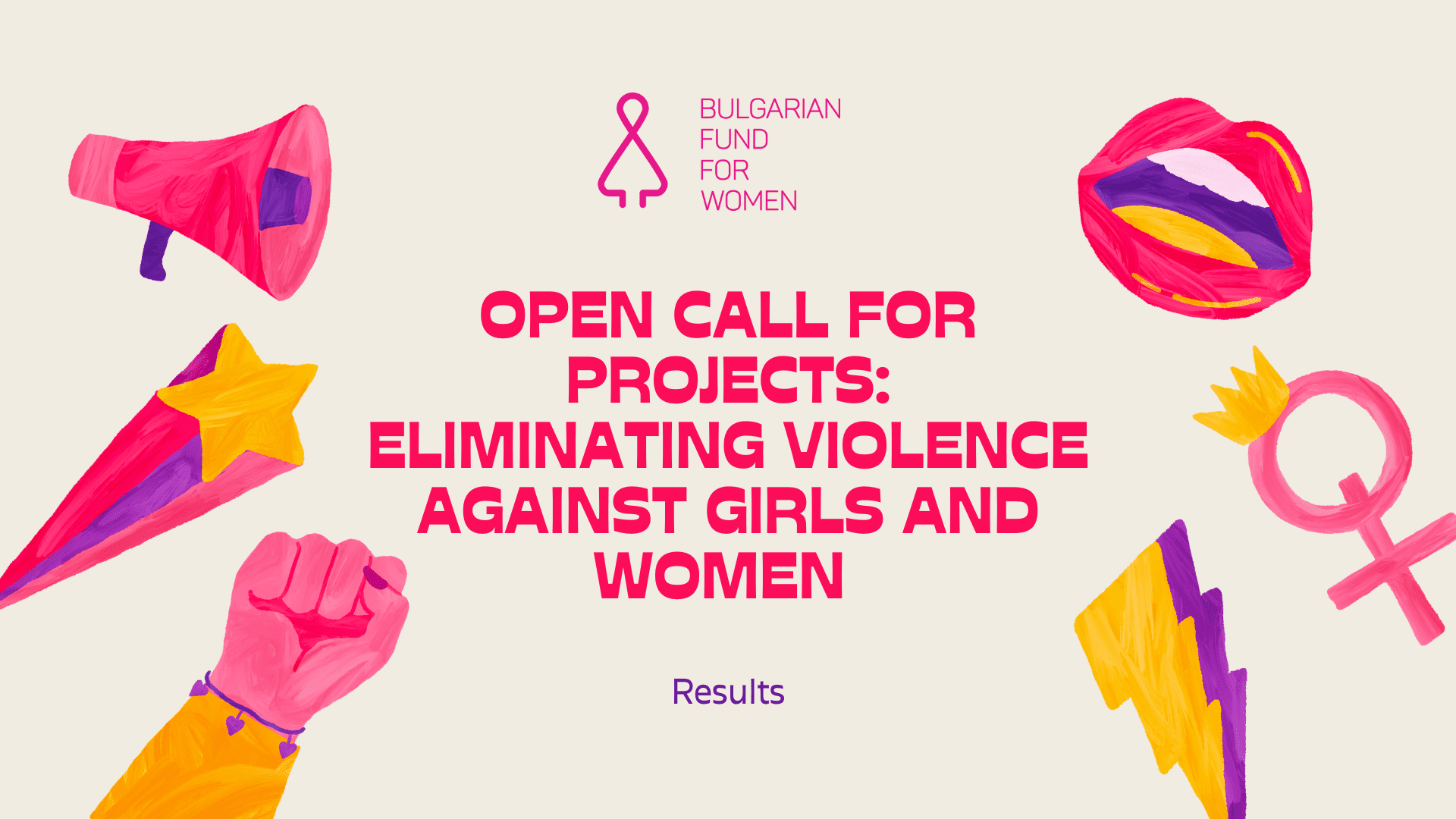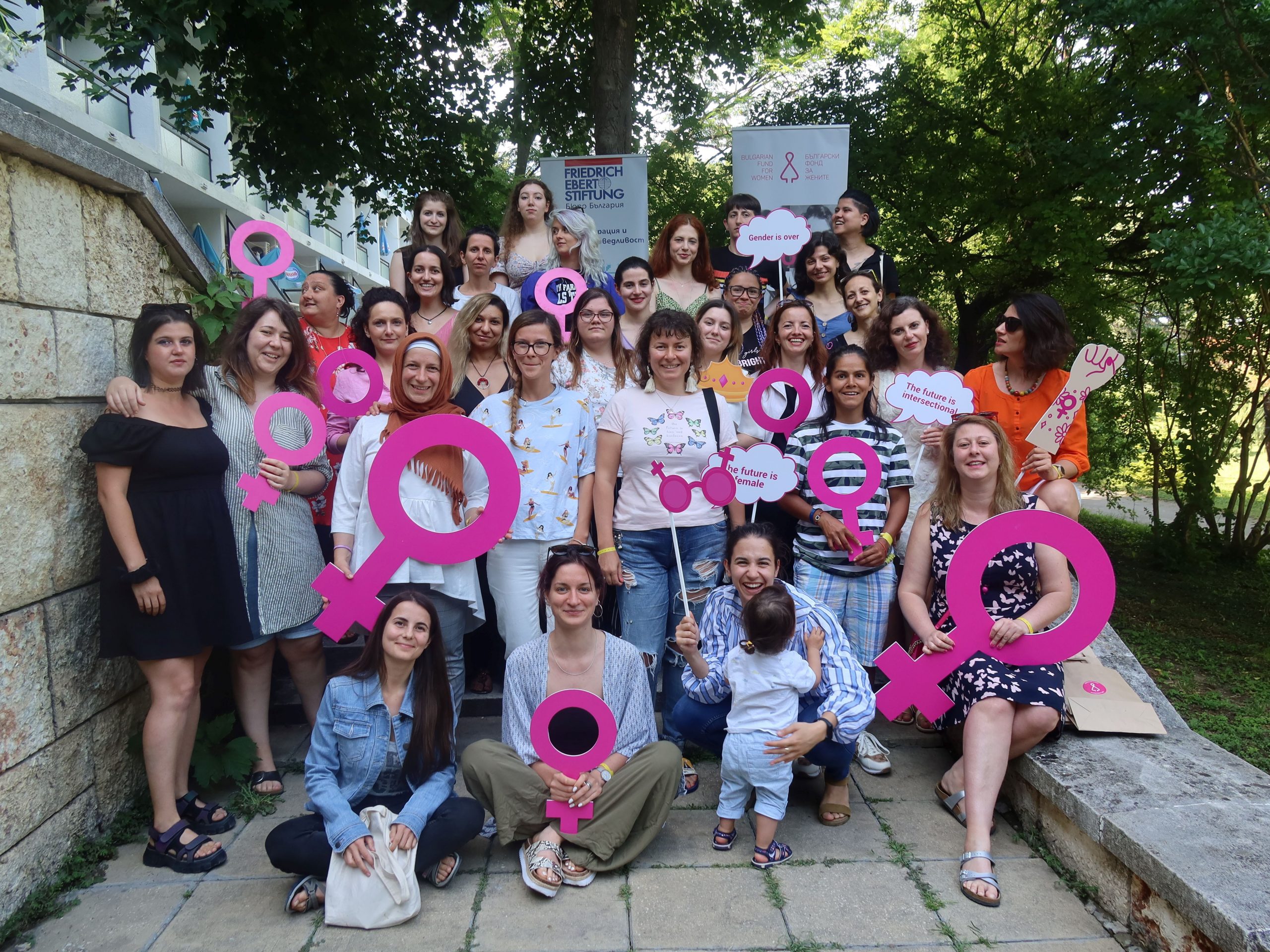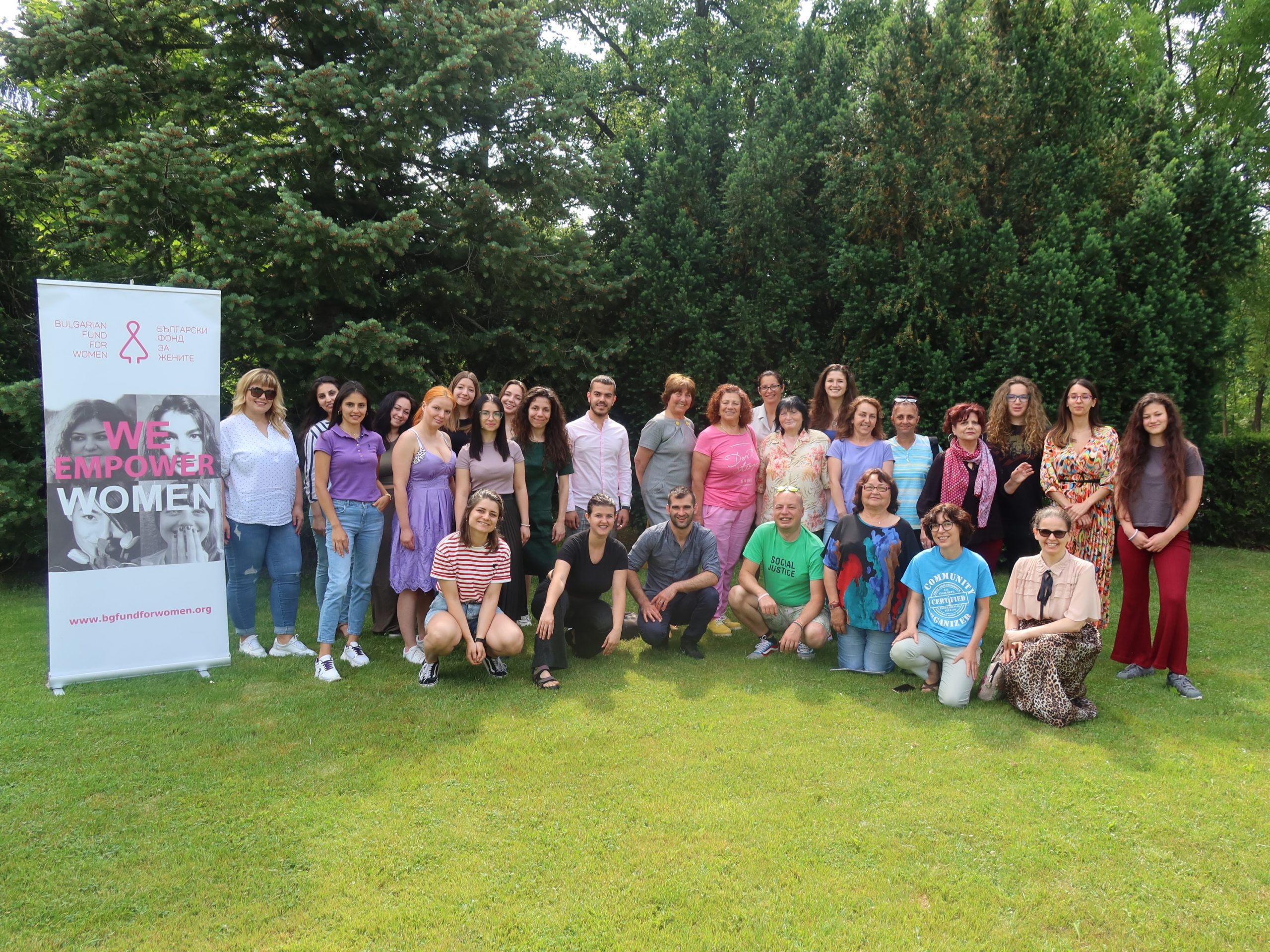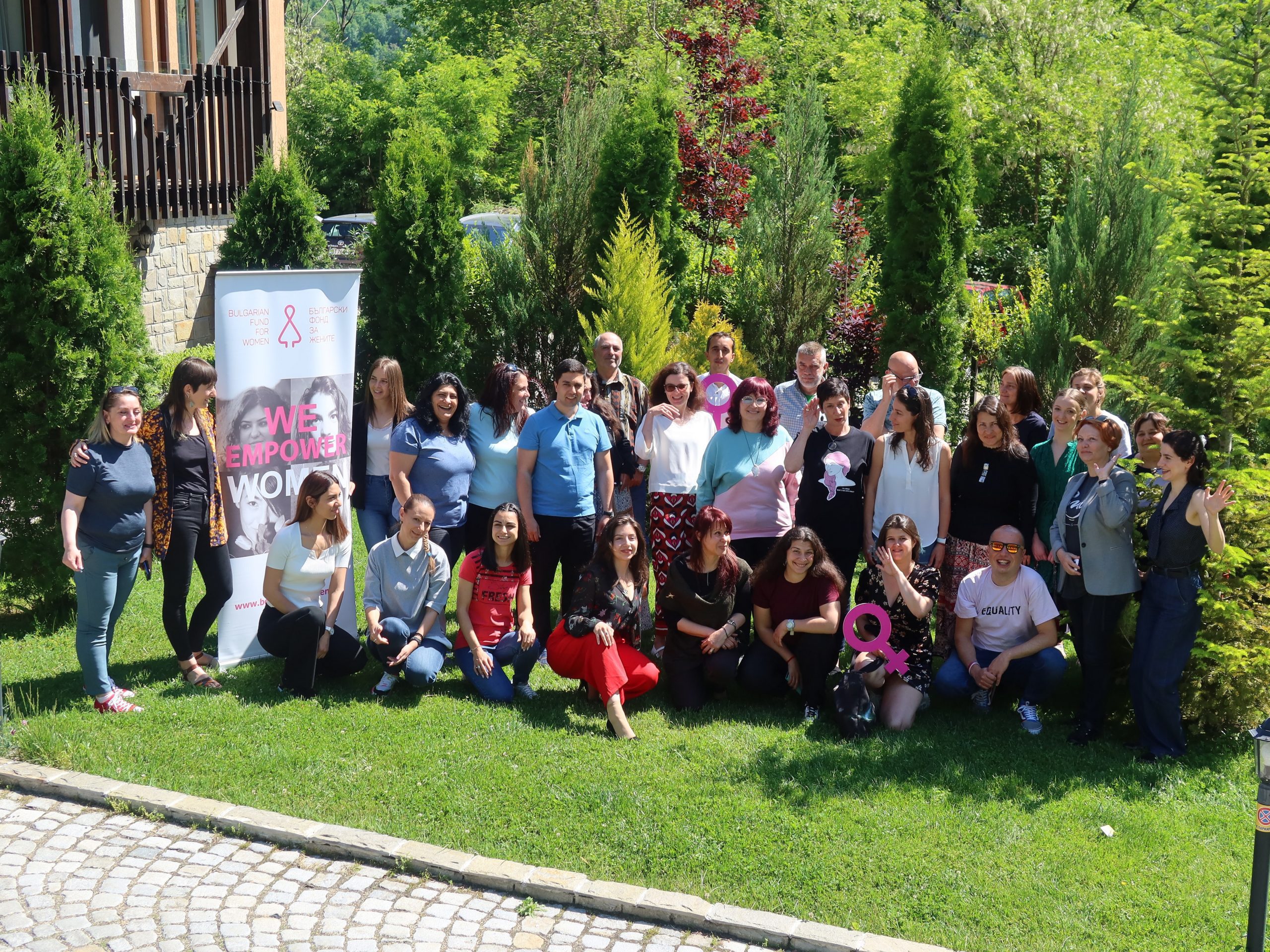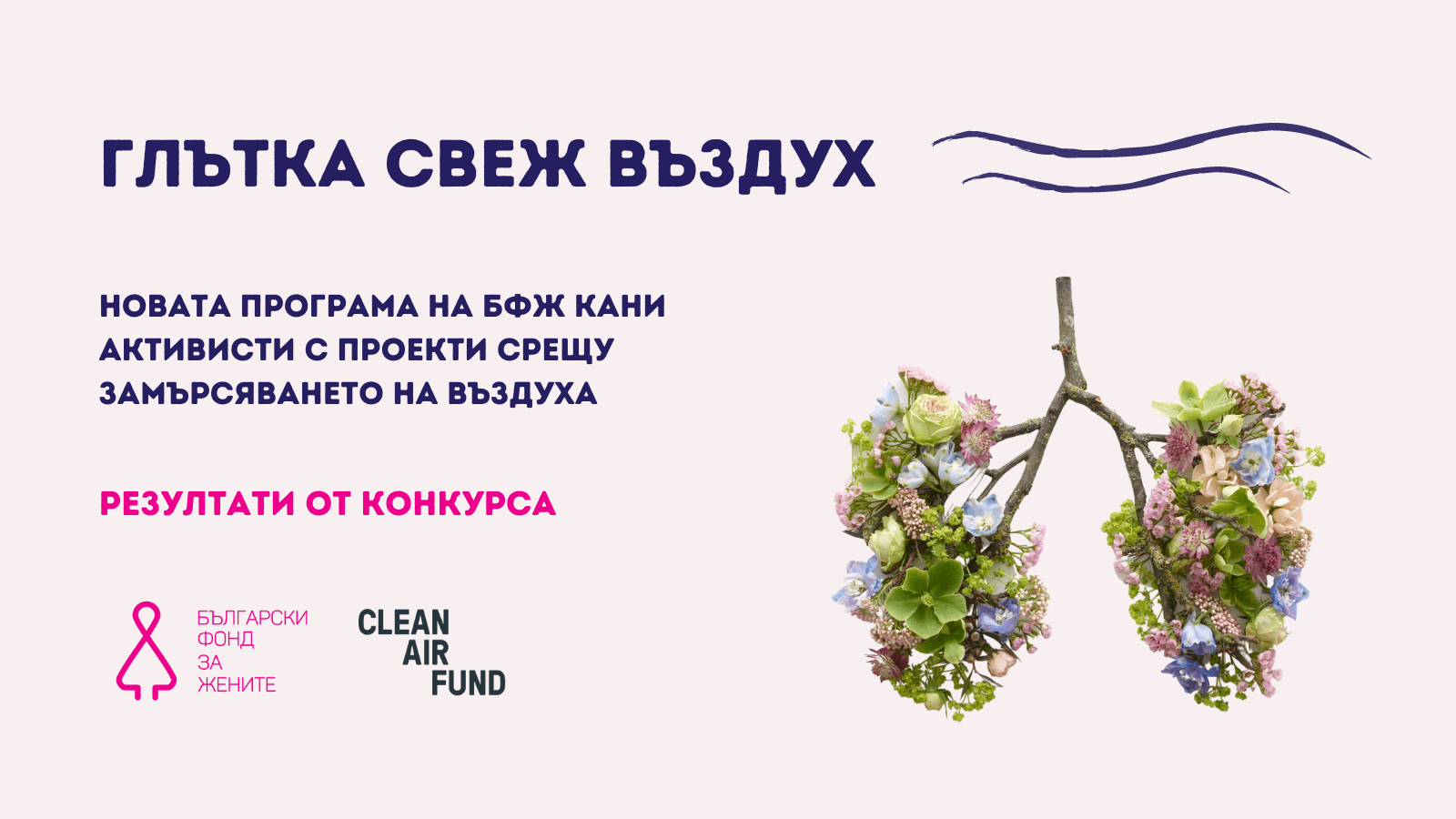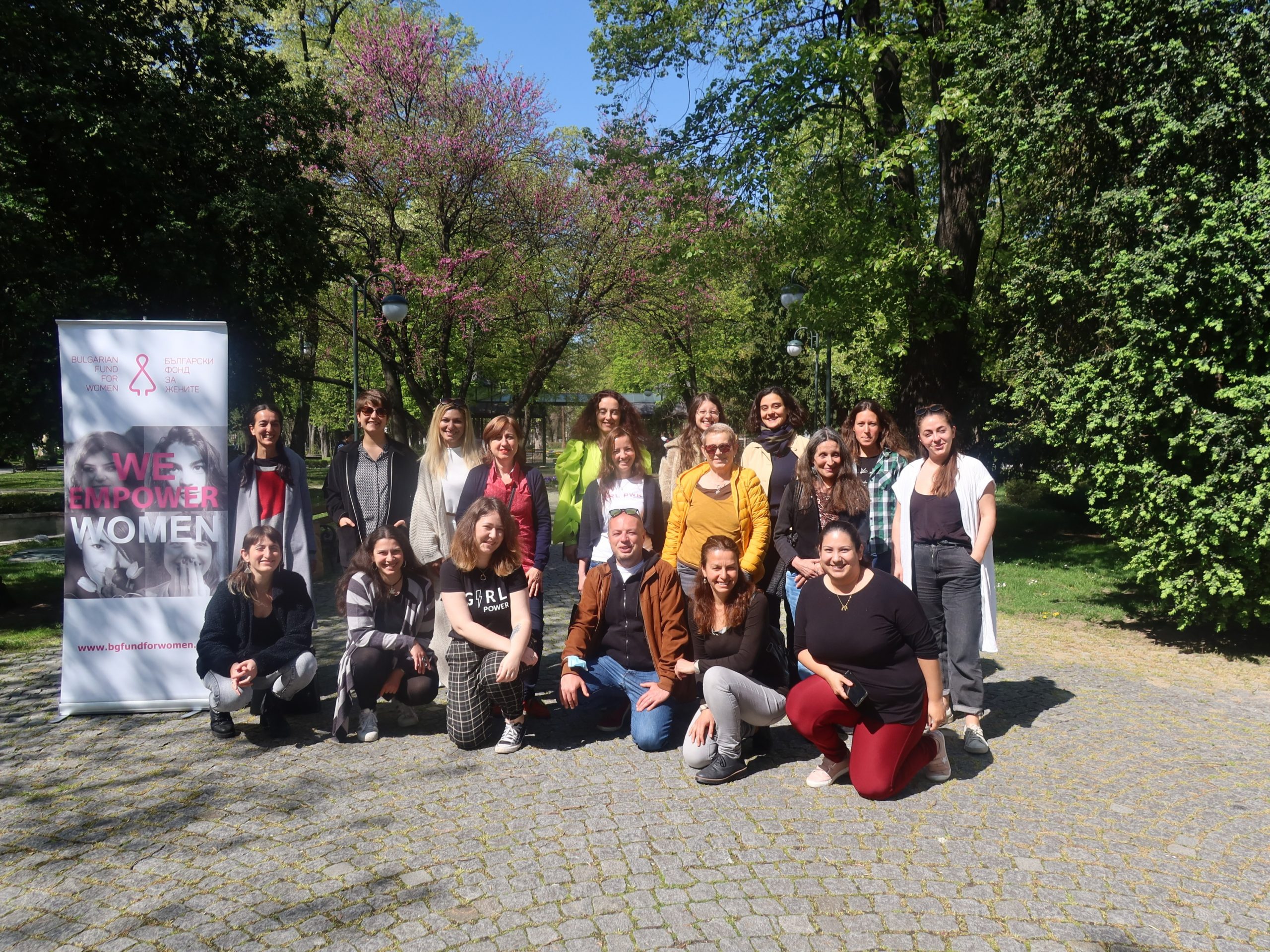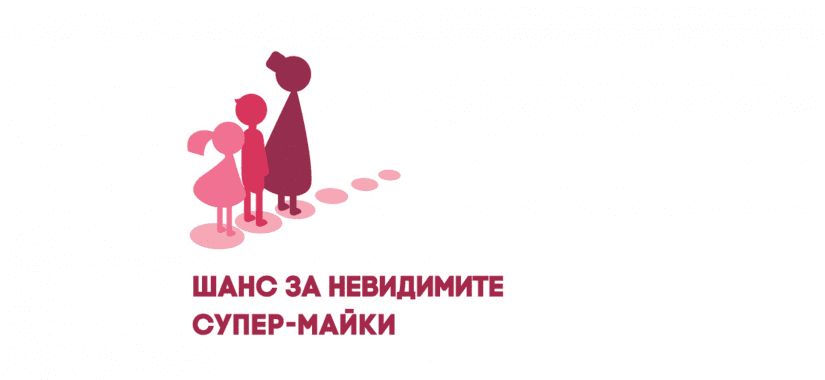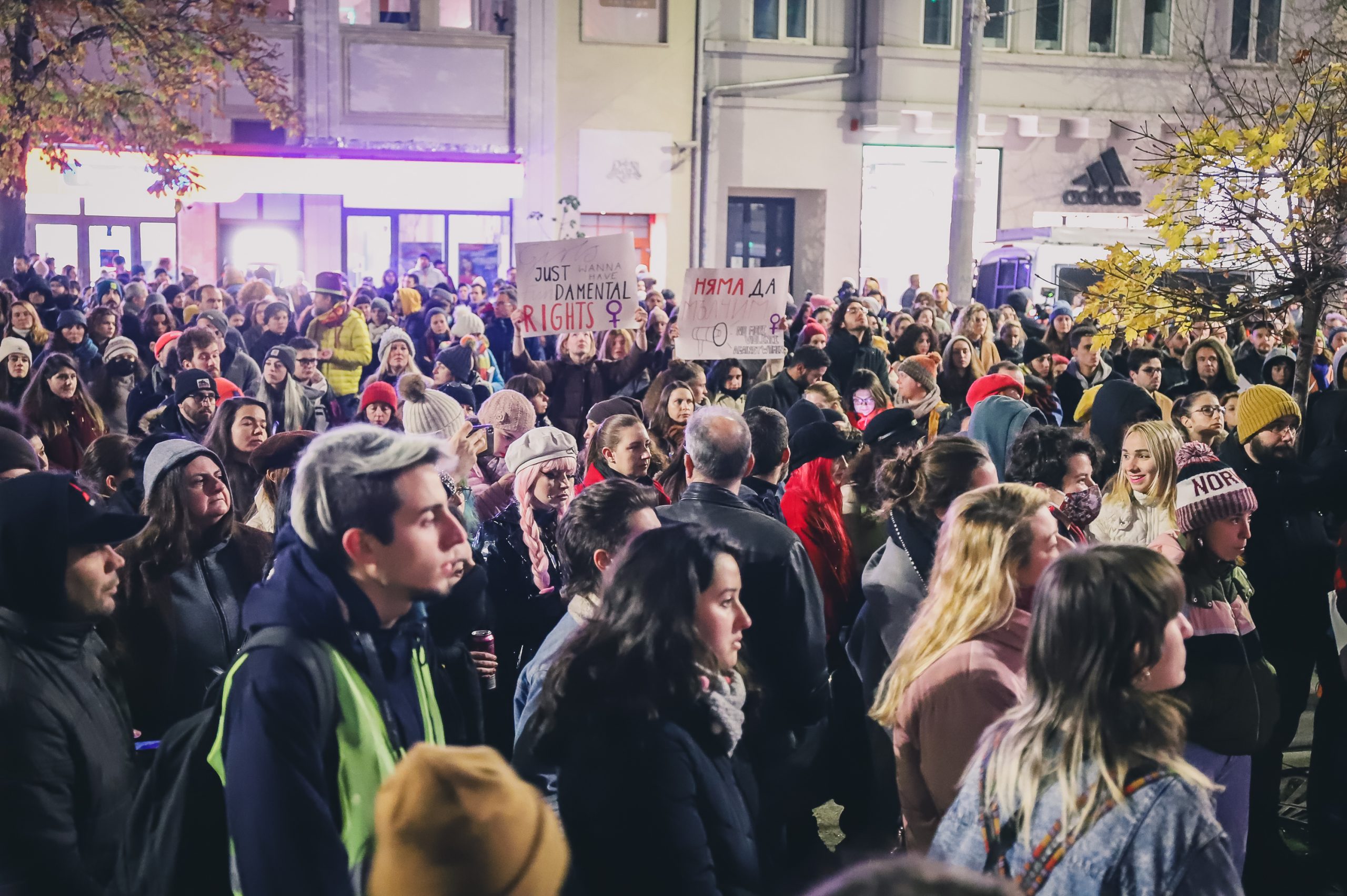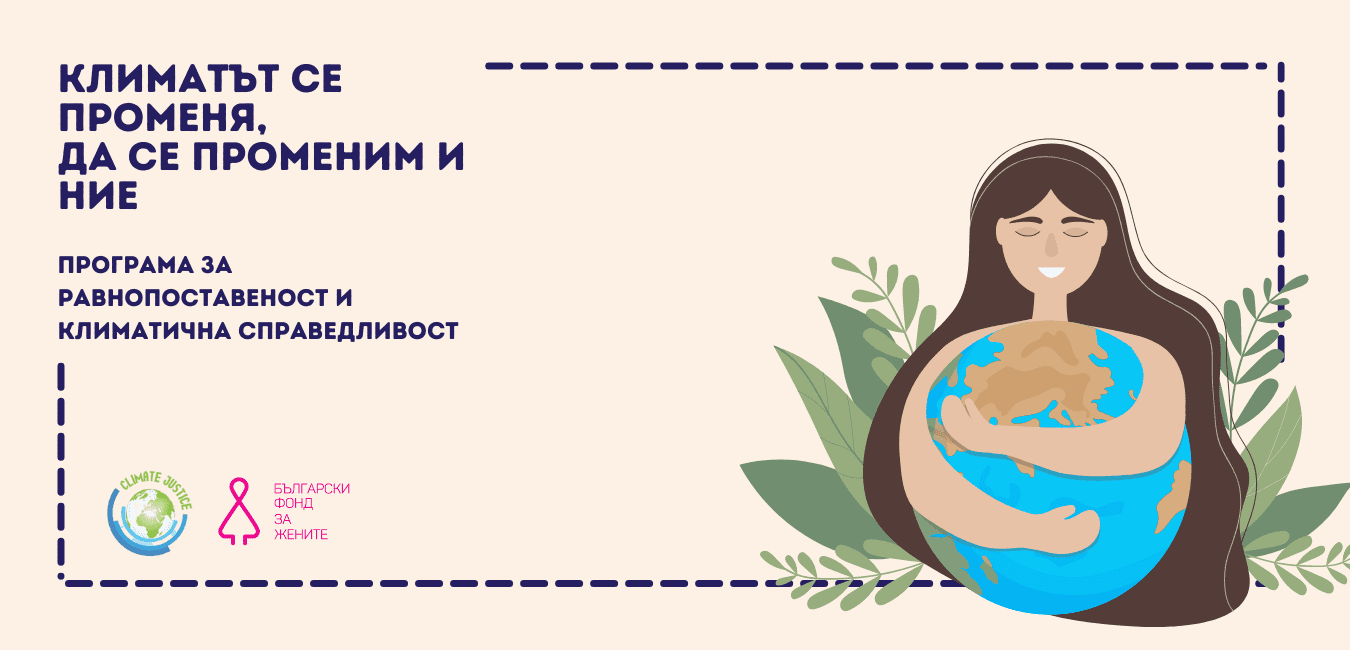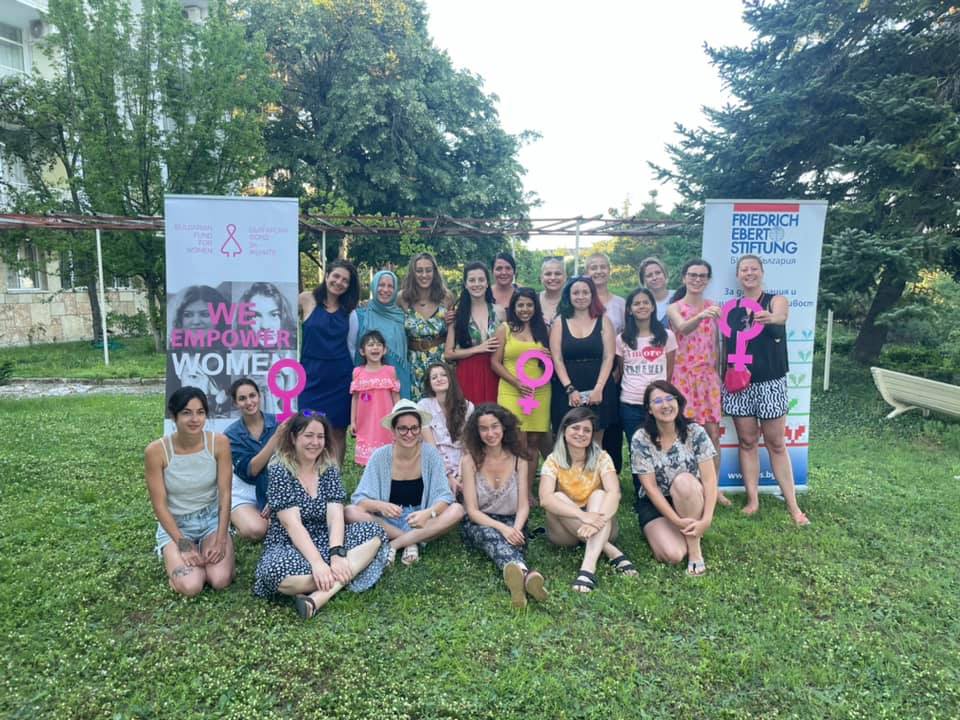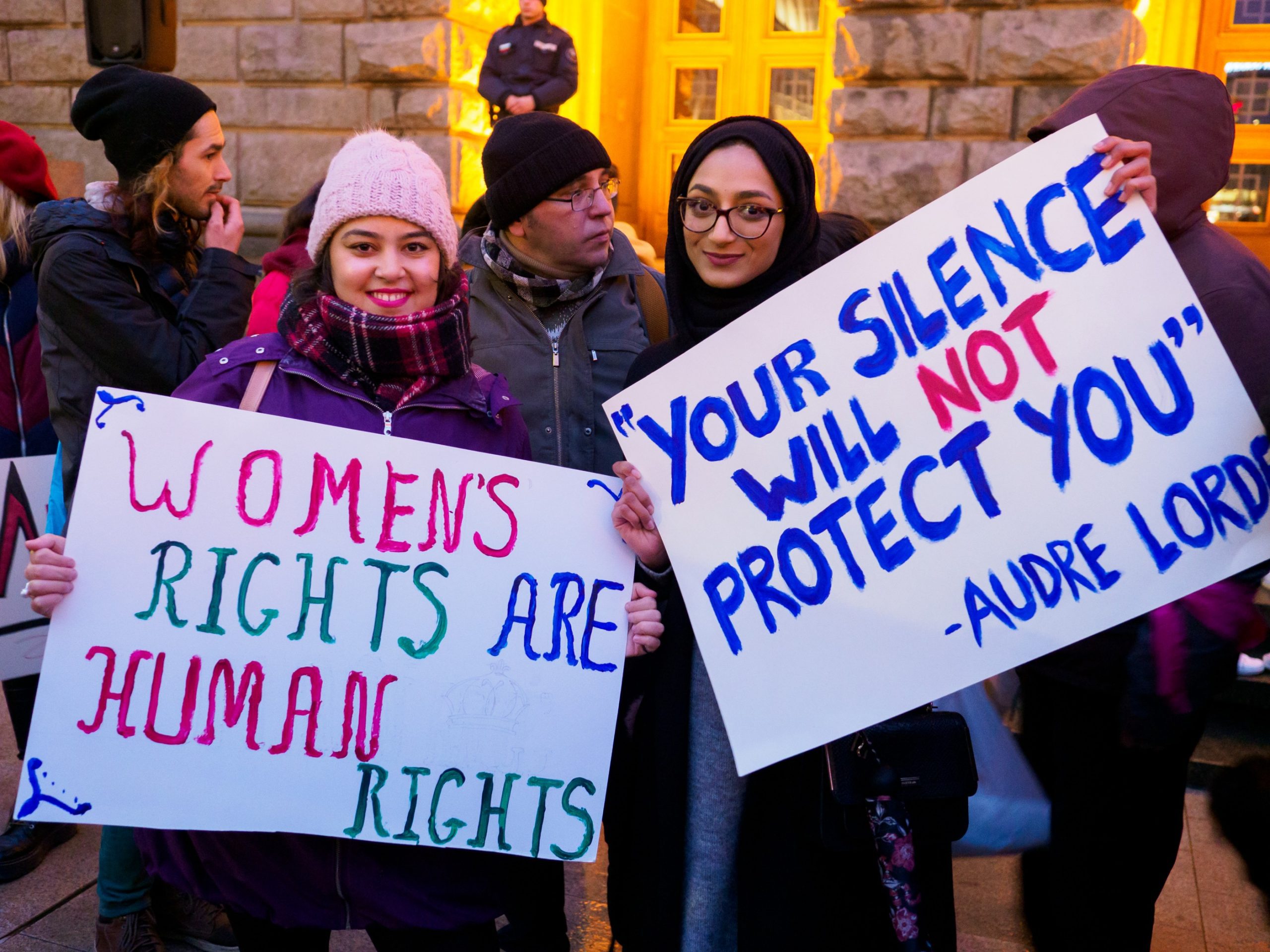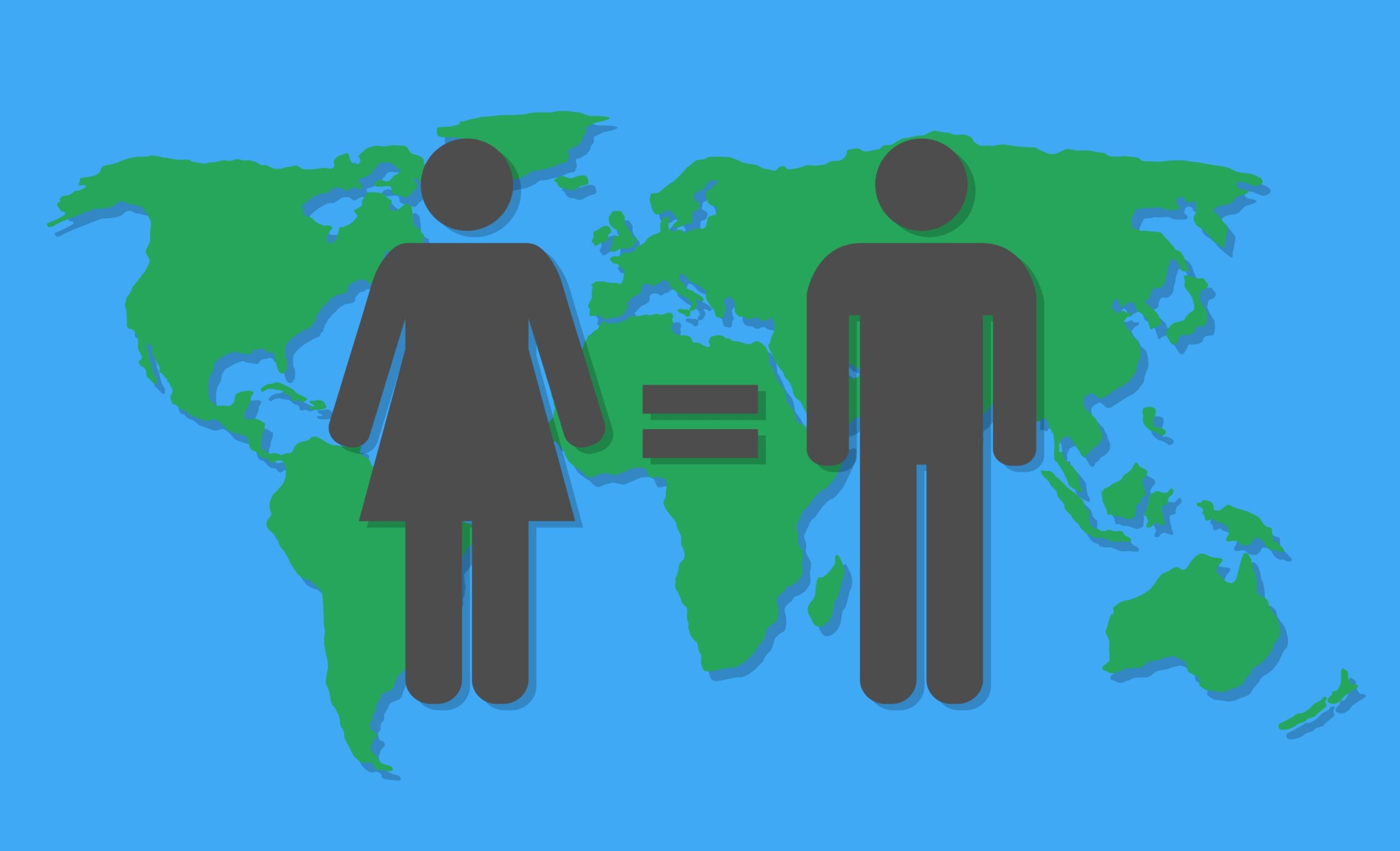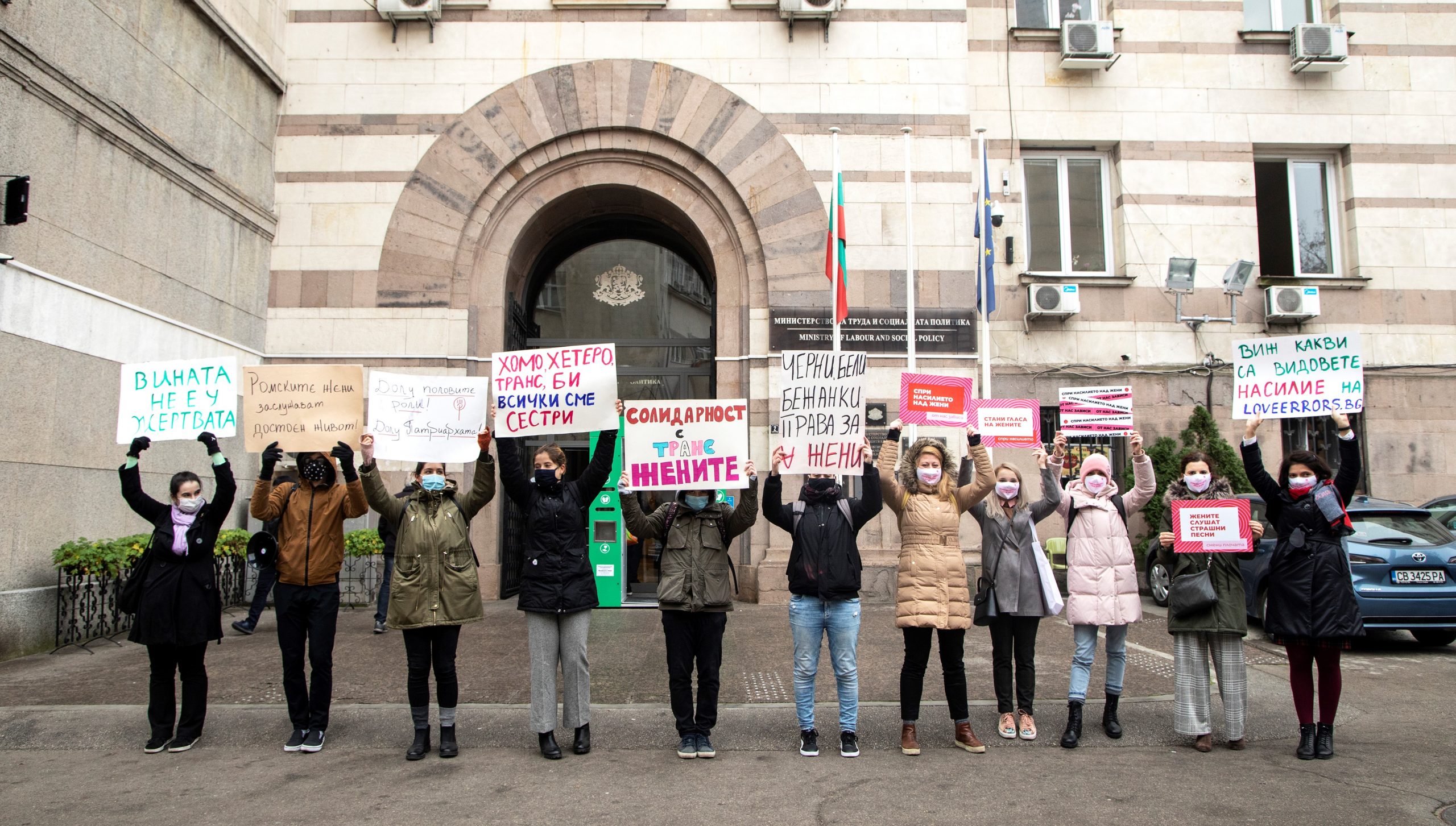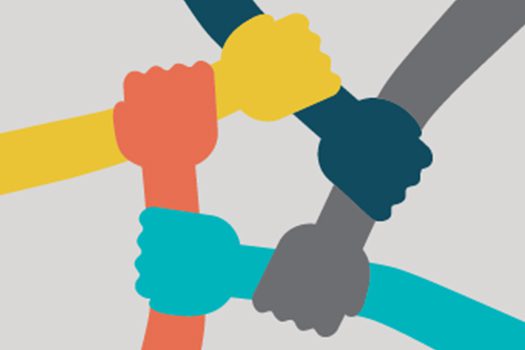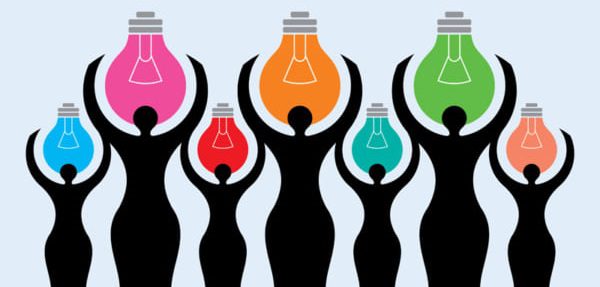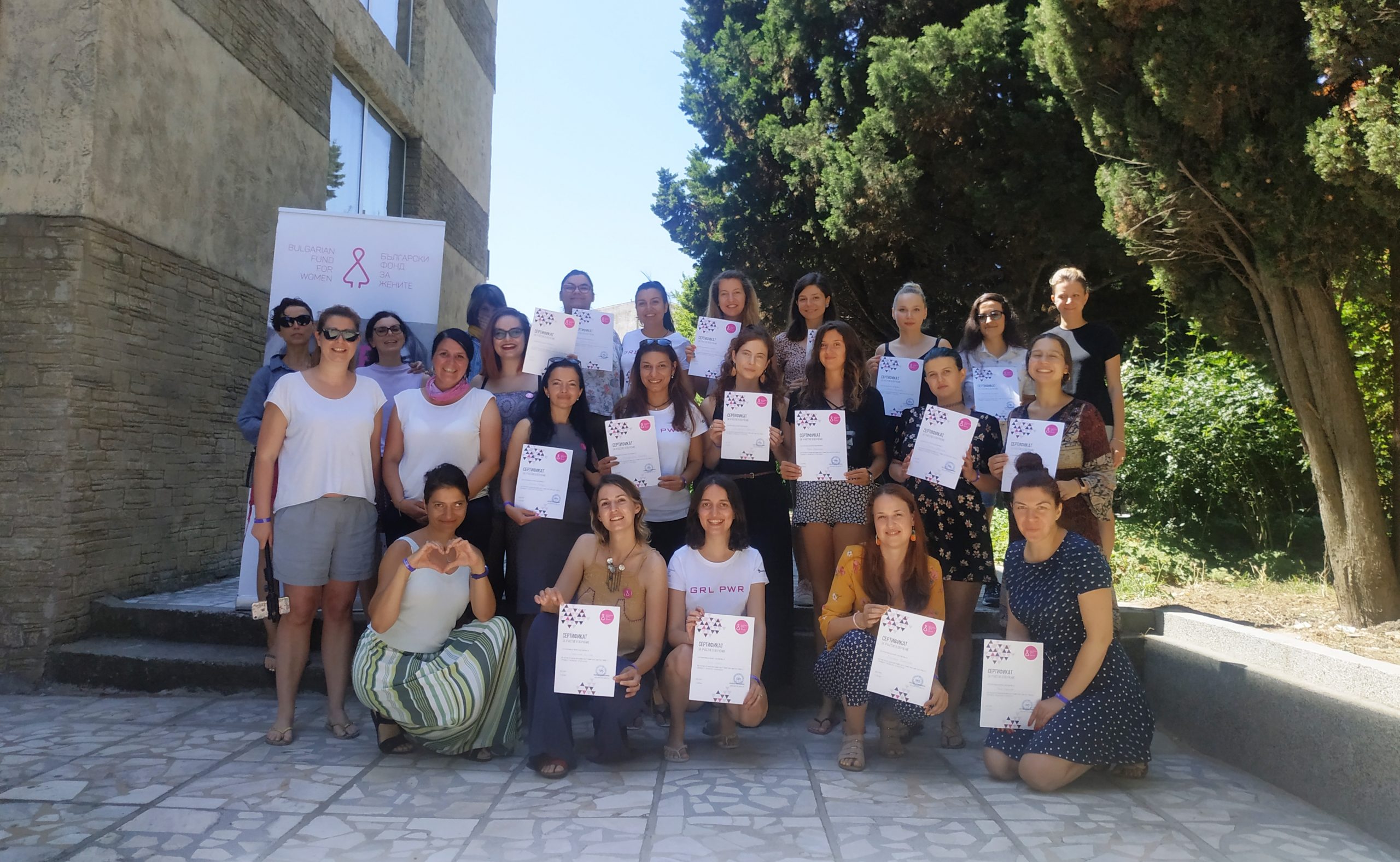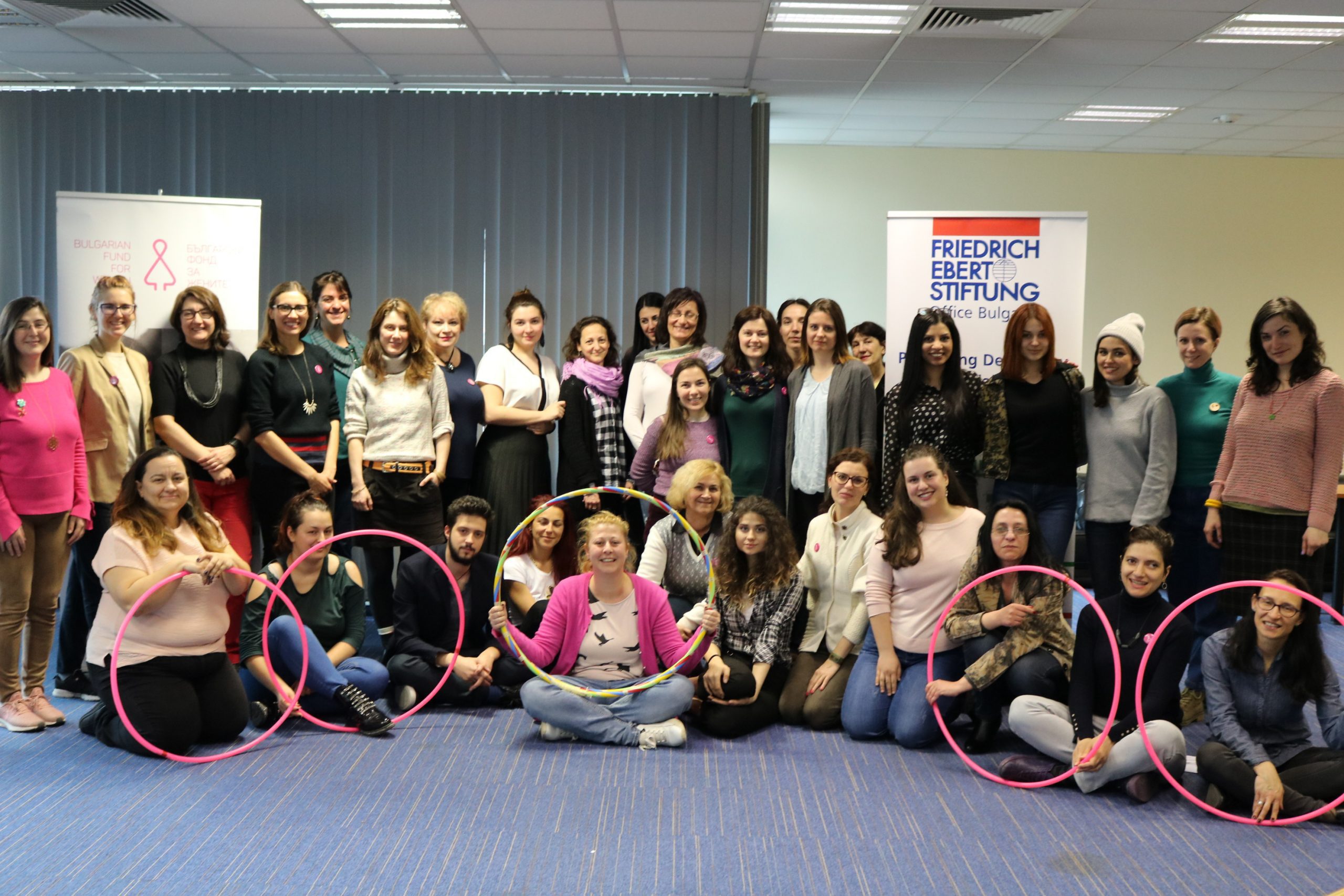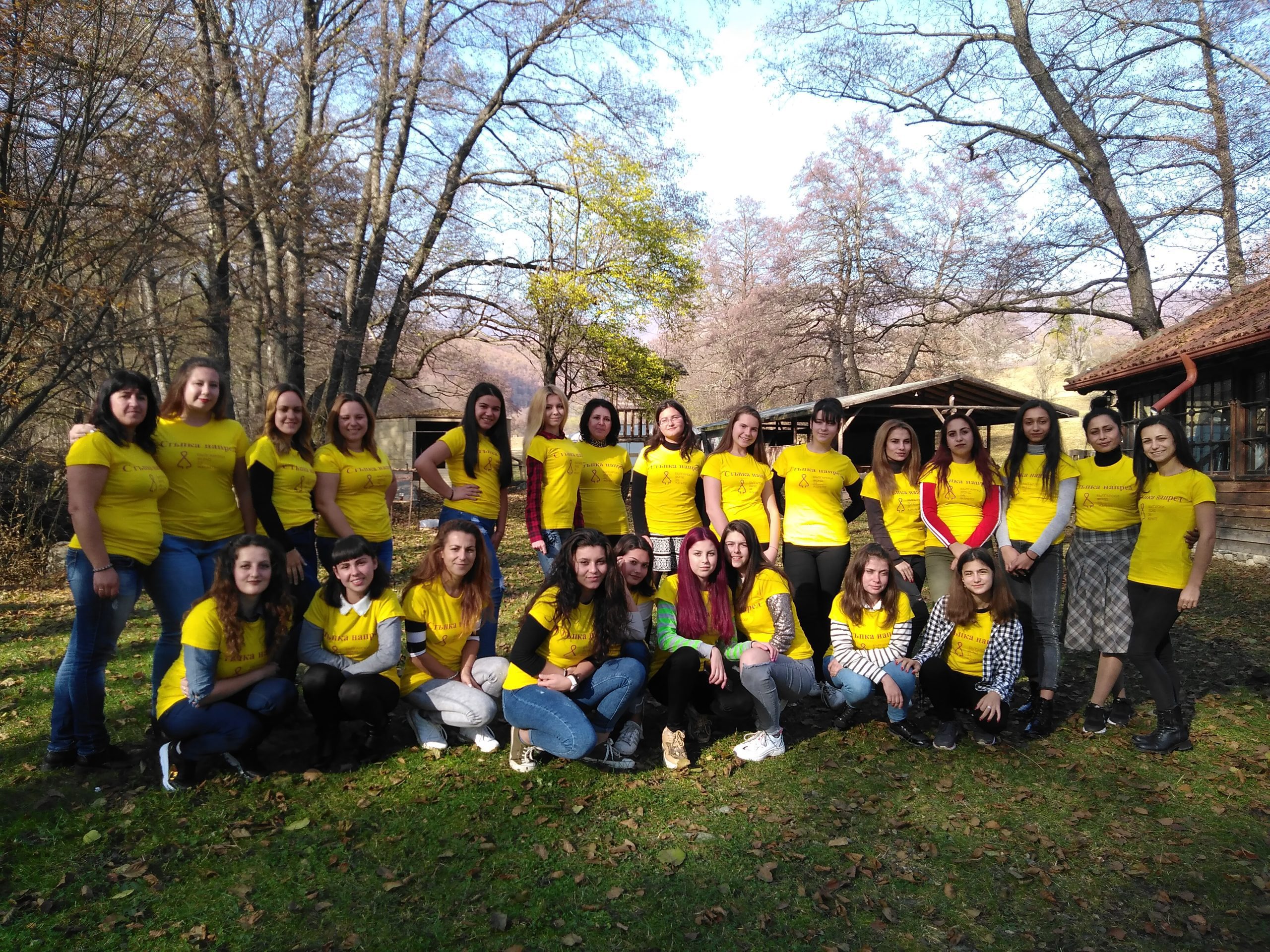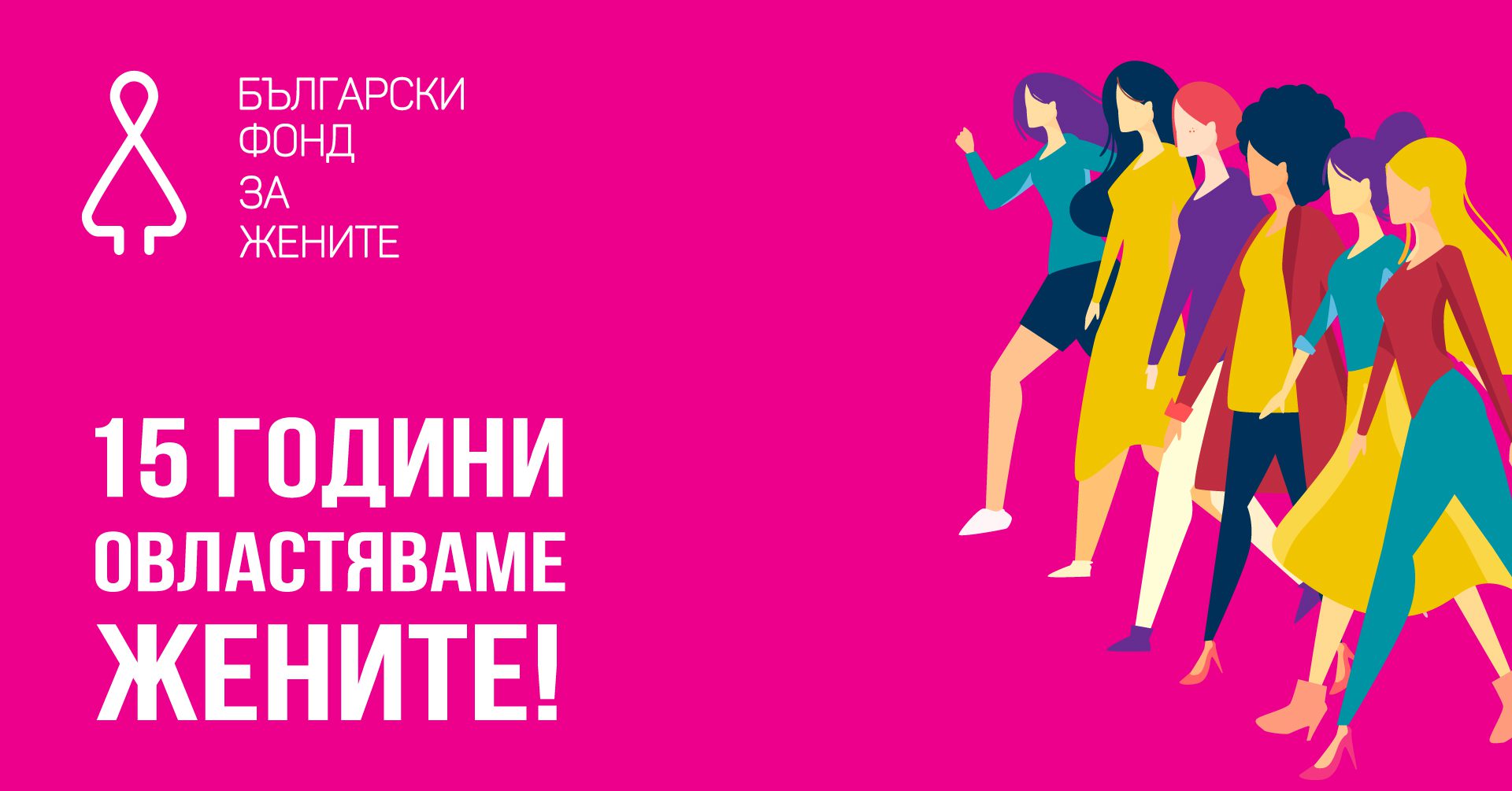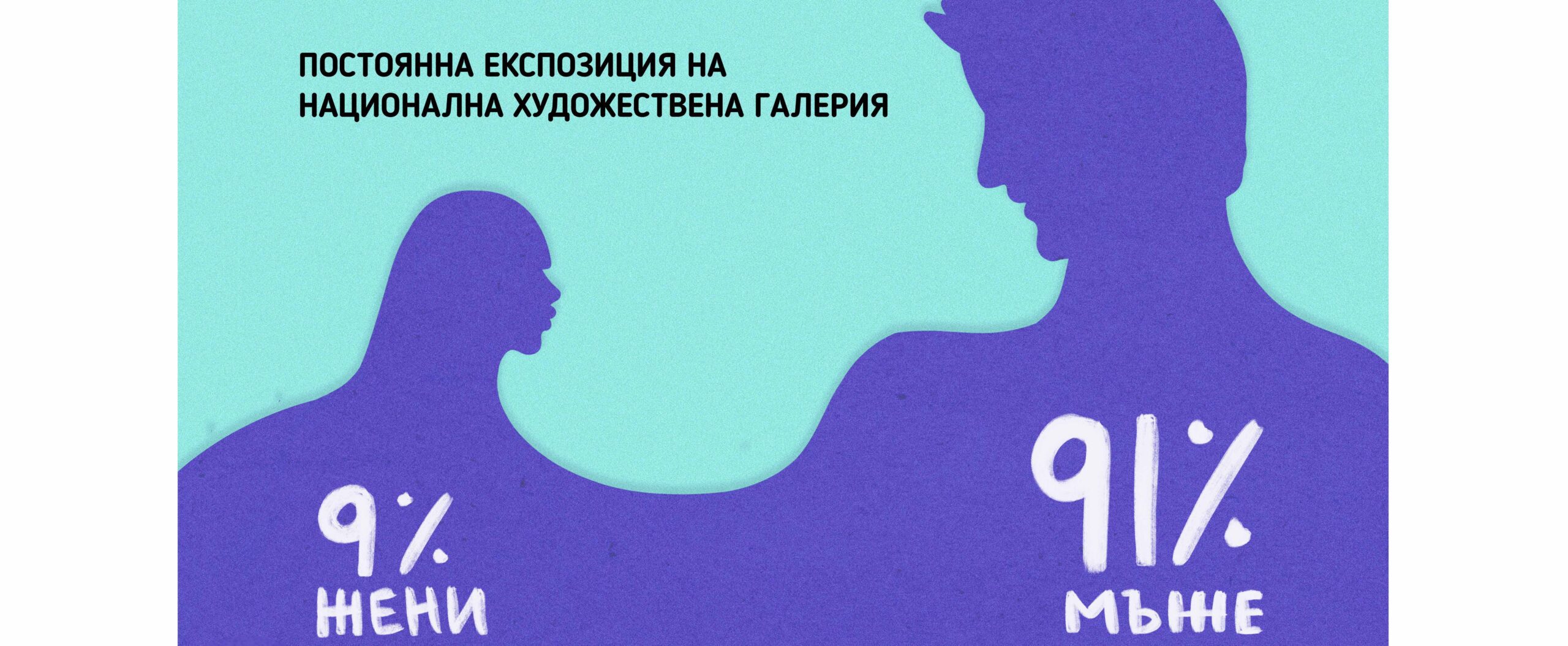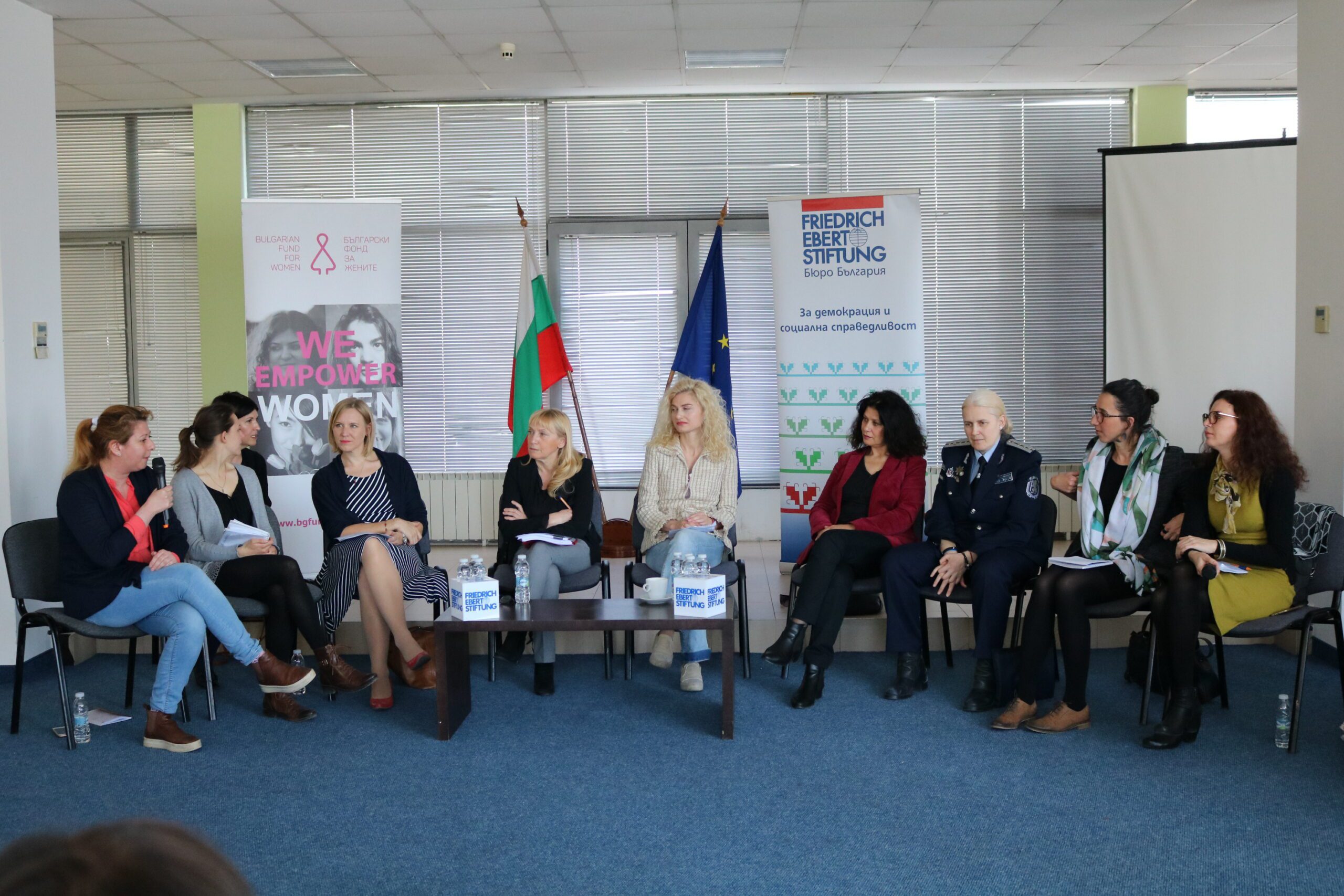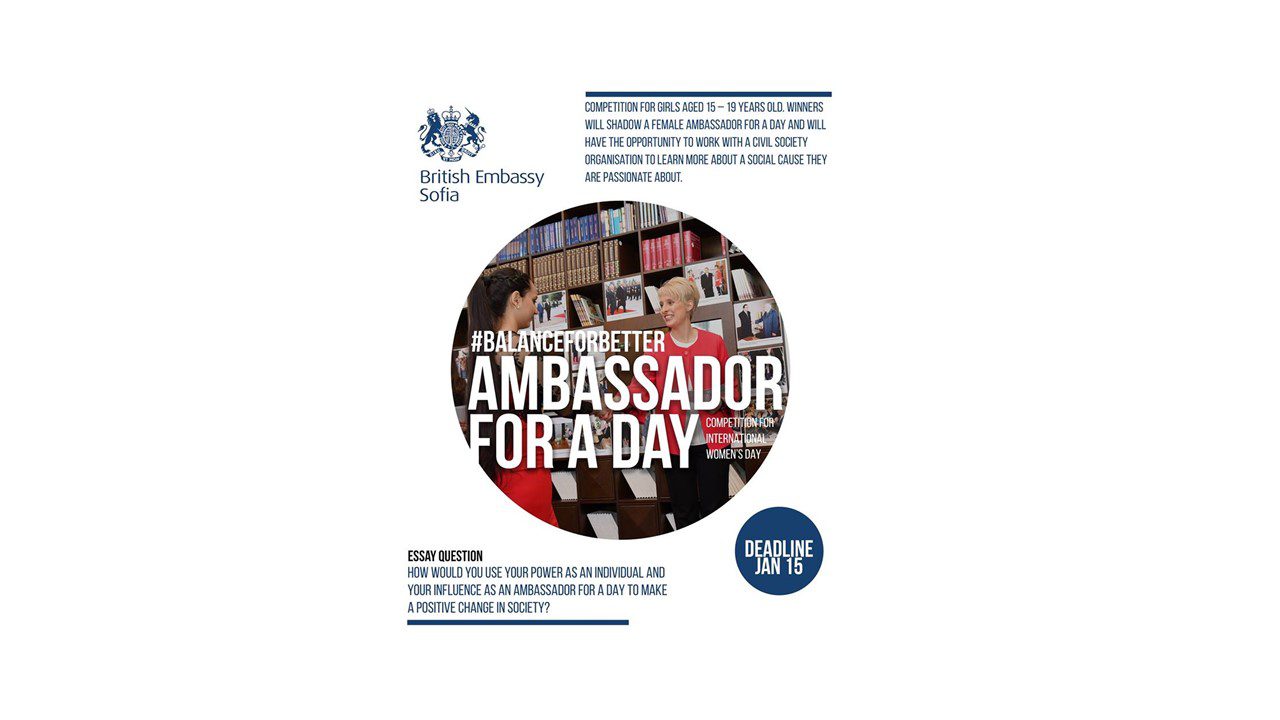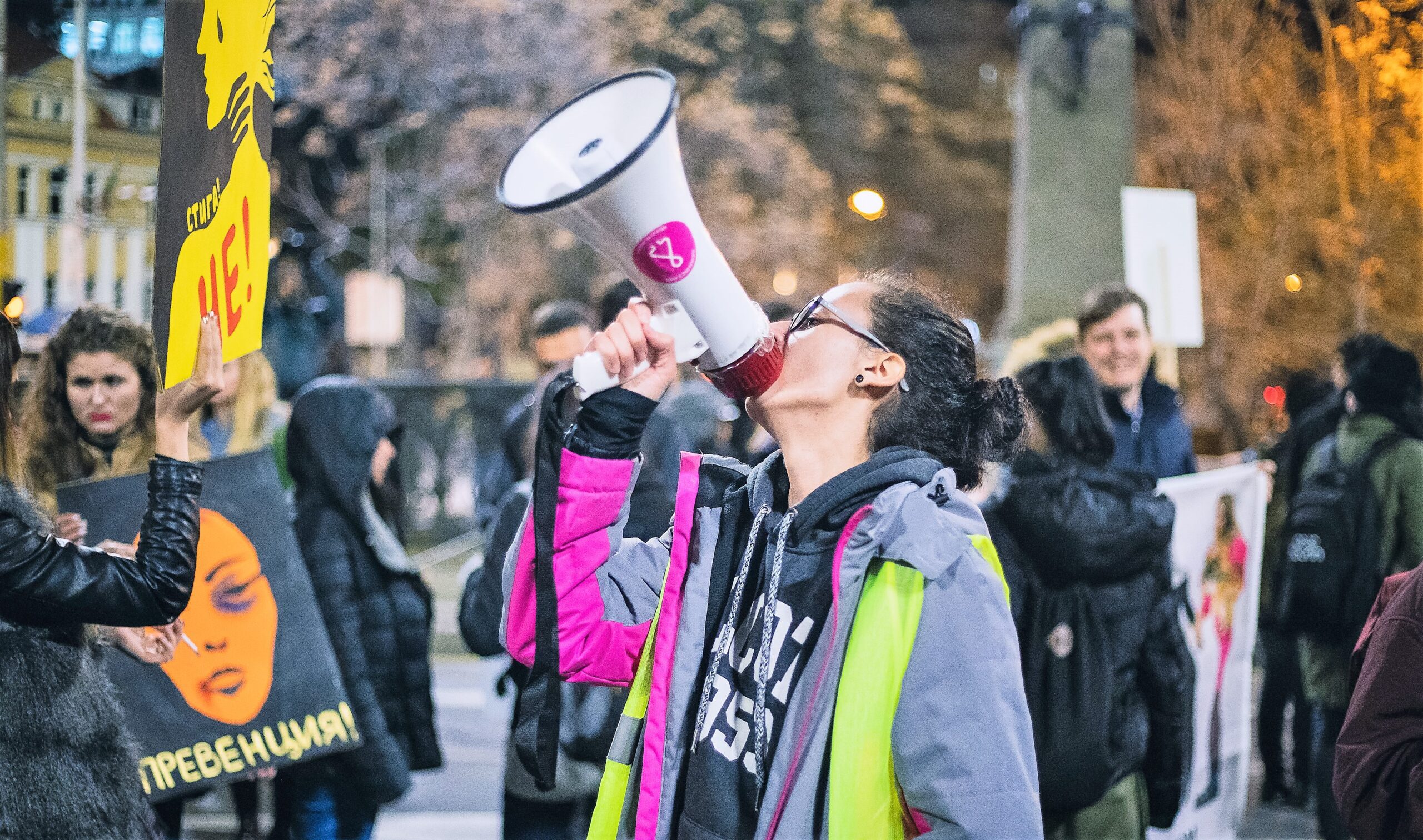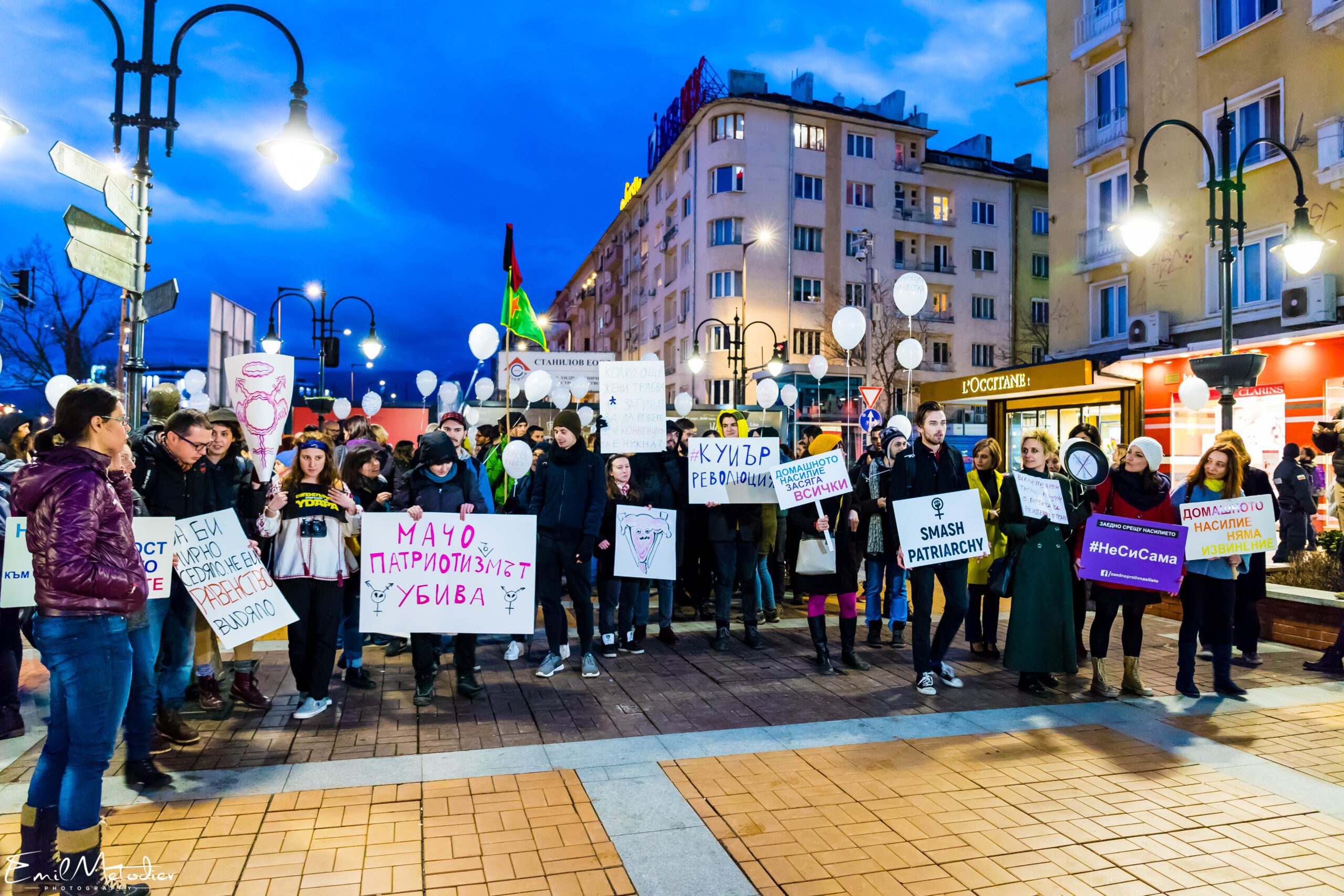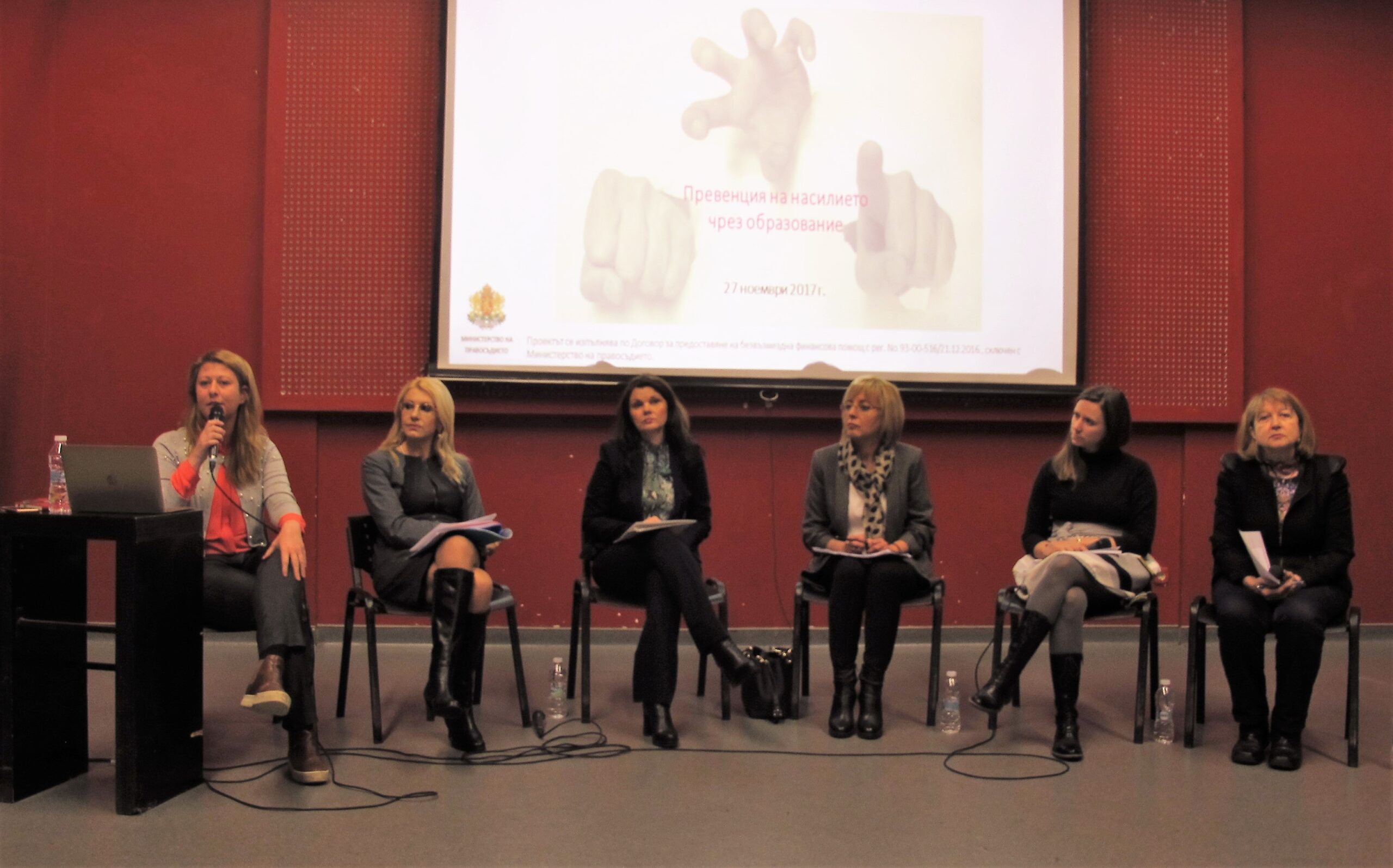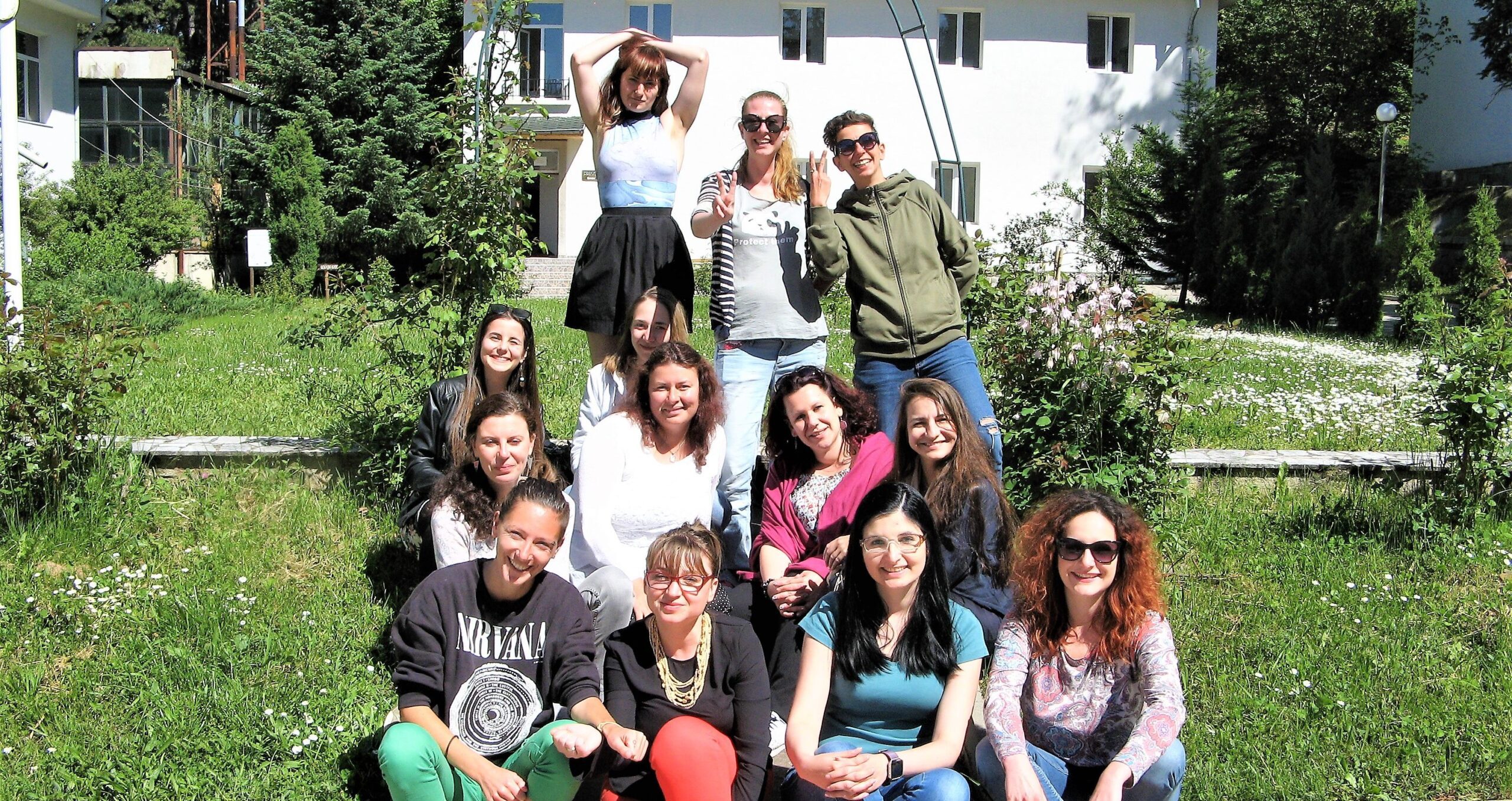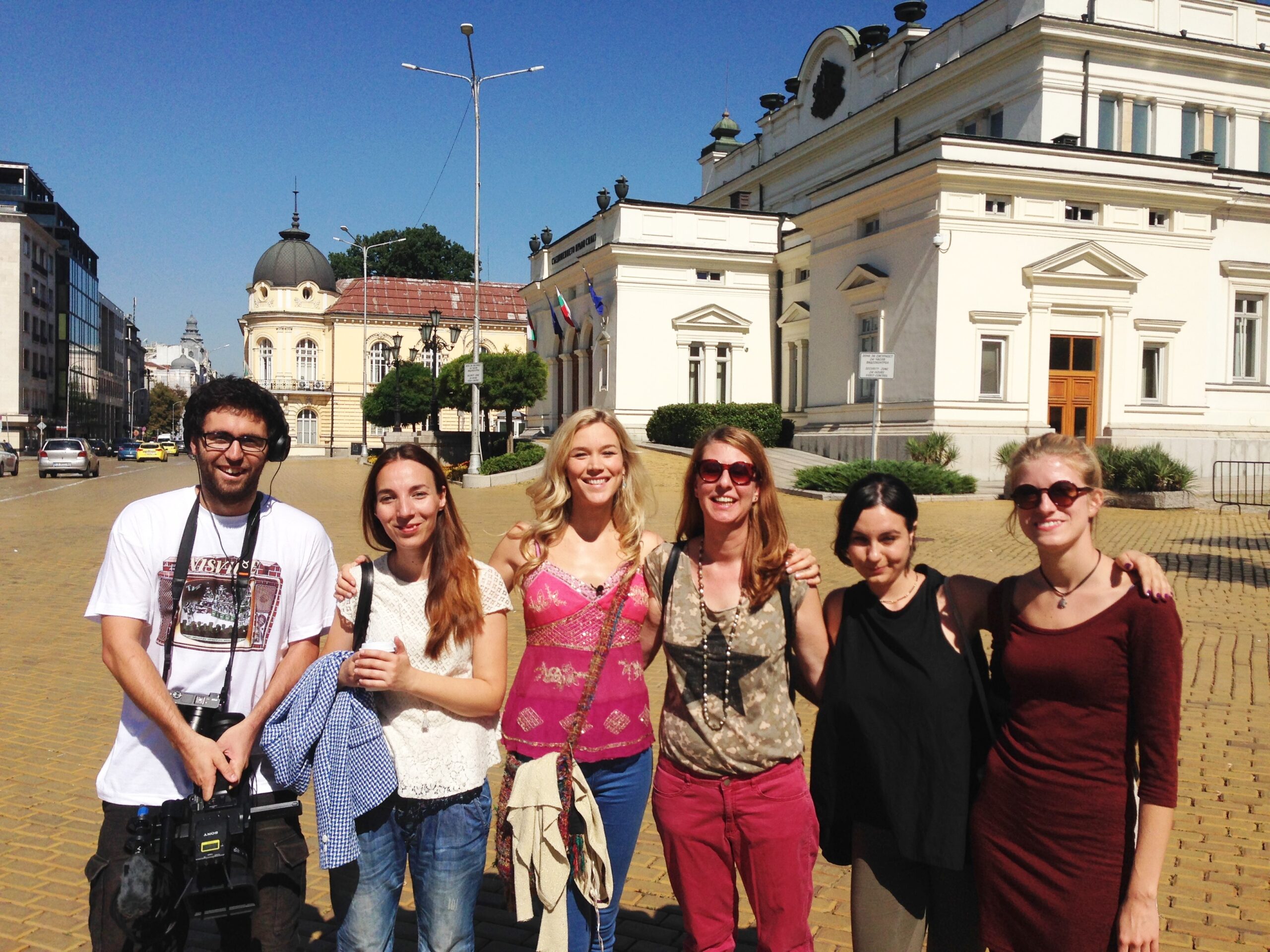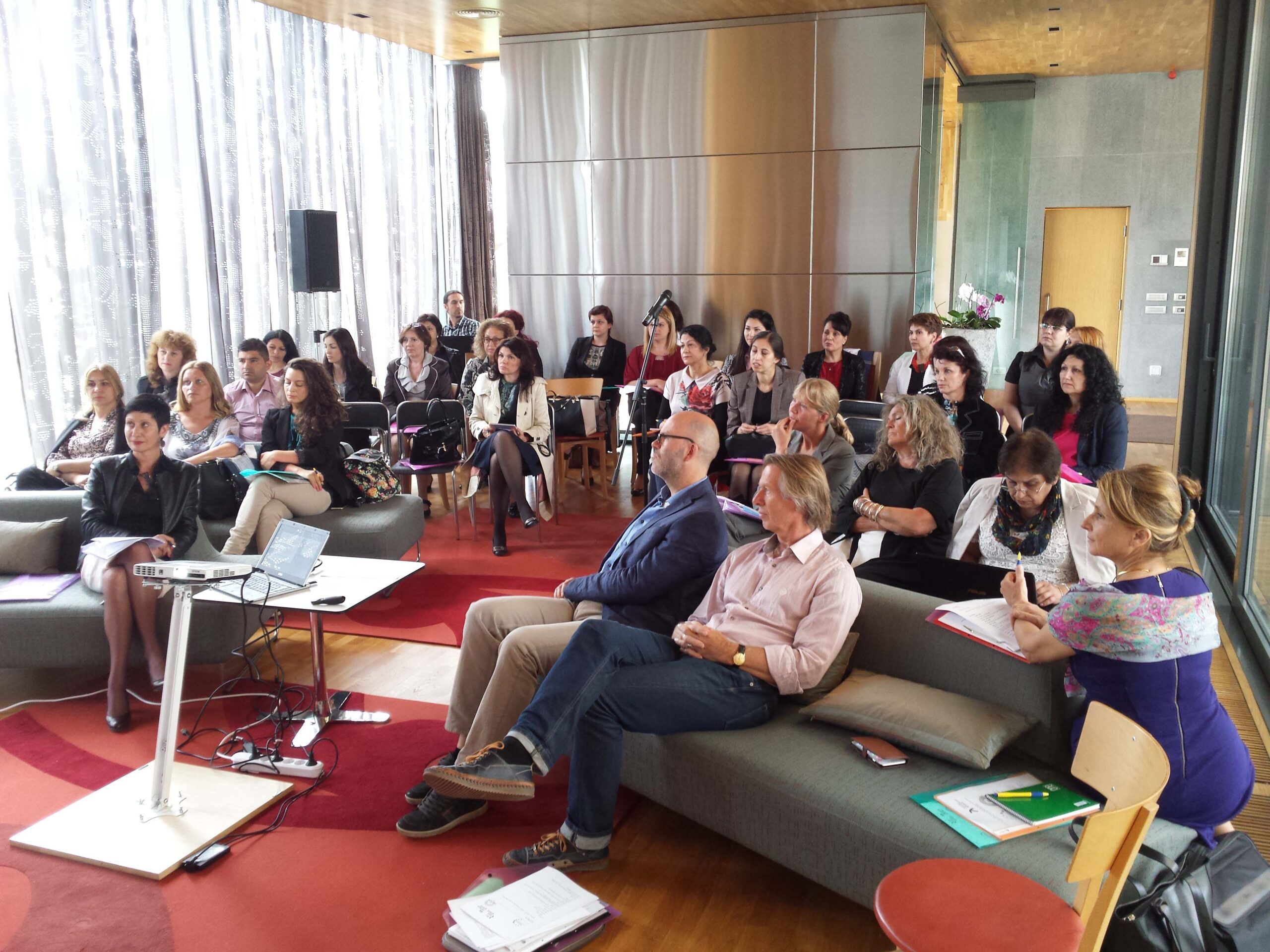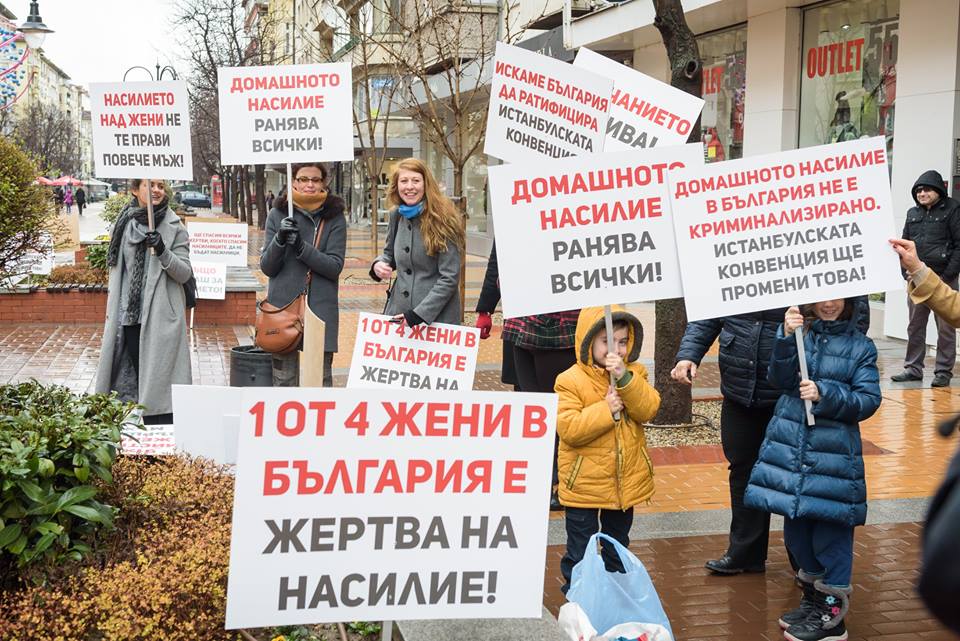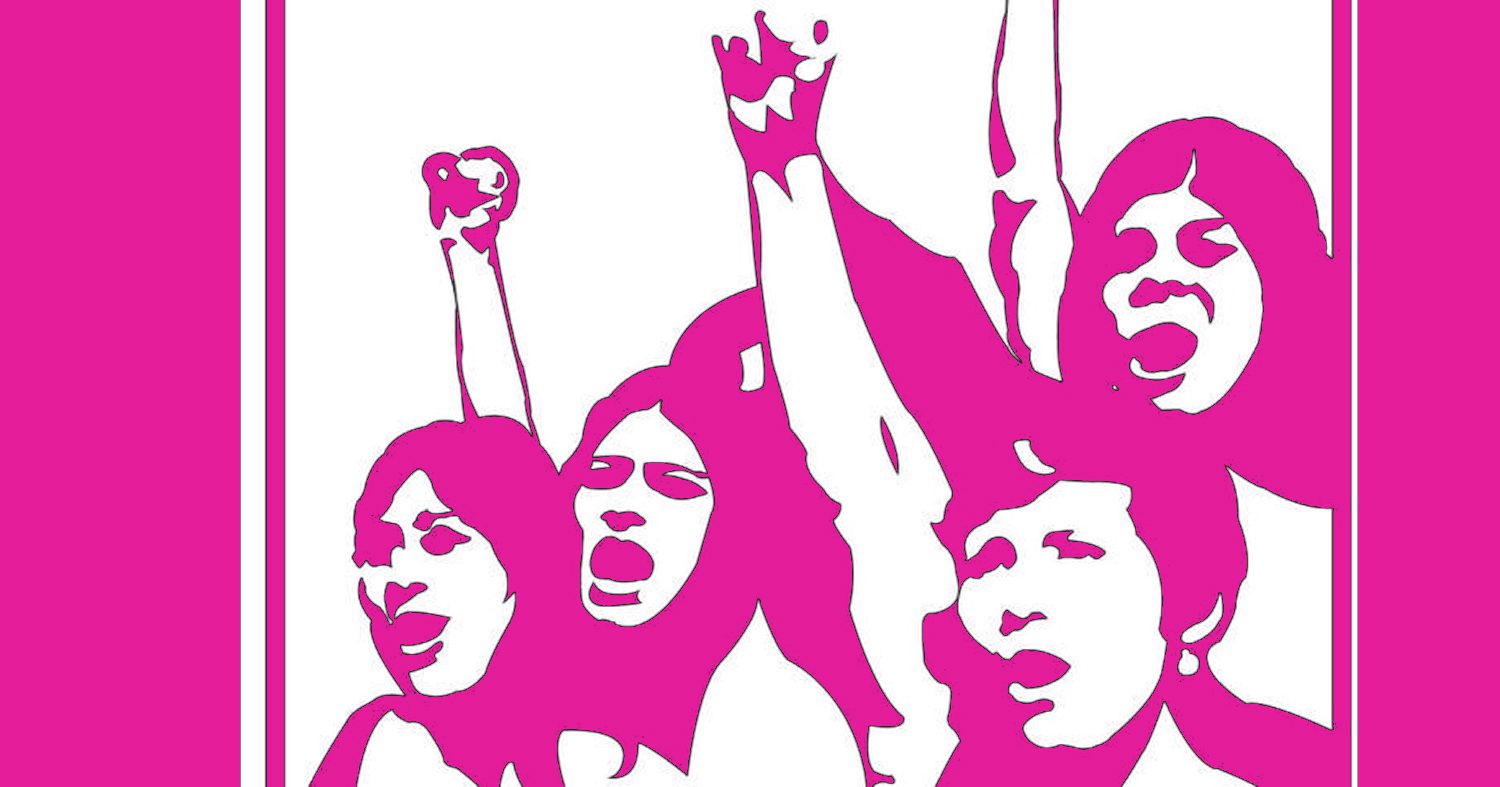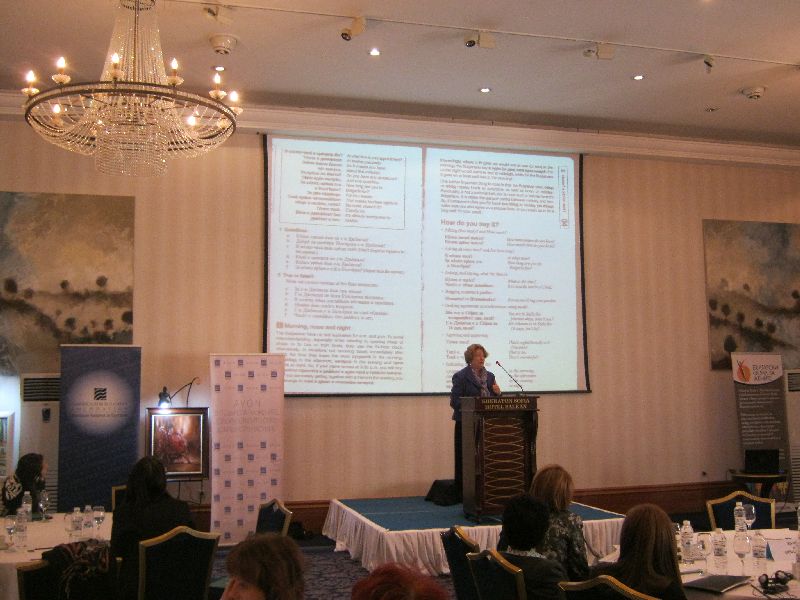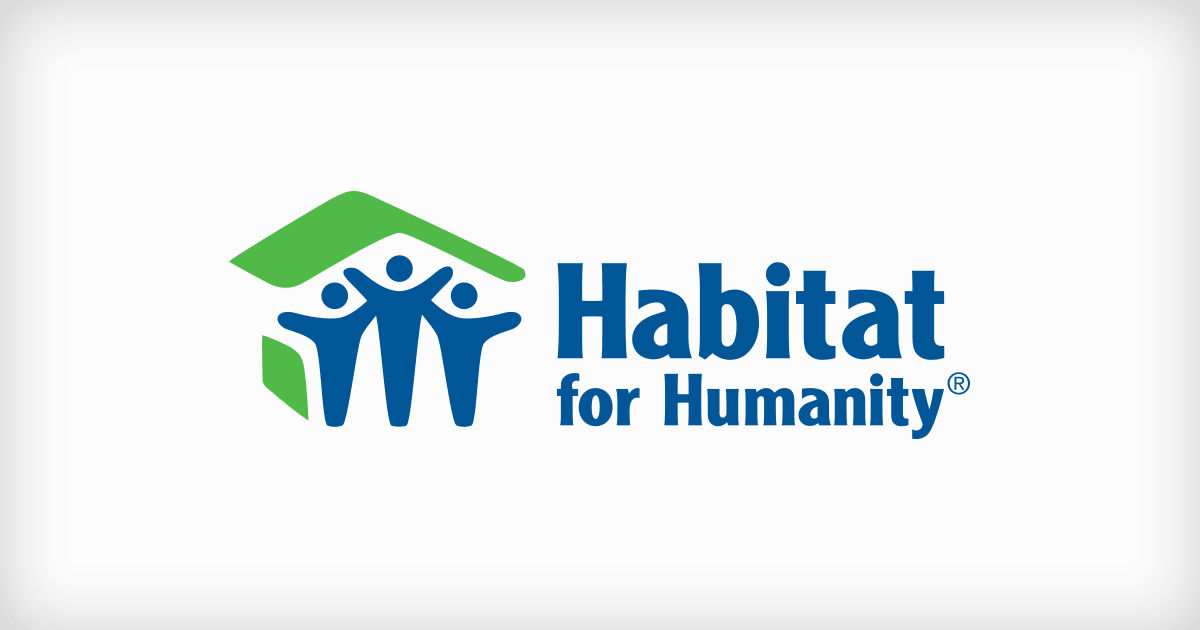Violence against women remains a major global public health and women’s health threat during emergencies, the World Health Organization says in a statement.
Violence against women is highly prevalent. Intimate partner violence is the most common form of violence. Globally, 1 in 3 women worldwide have experienced physical and/or sexual violence by an intimate partner or sexual violence by any perpetrator in their lifetime. Most of this is intimate partner violence.
Violence against women tends to increase during every type of emergency, including epidemics. Women who are displaced, refugees, and living in conflict-affected areas are particularly vulnerable. While data are scarce, reports from China, the United Kingdom, the United States, and other countries suggest an increase in domestic violence cases since the COVID-19 outbreak. According to one report, the number of domestic violence cases reported to a police station in Jingzhou, a city in Hubei Province, tripled in February 2020, compared to the same period the previous year.
The health impacts of violence, particularly intimate partner/domestic violence, on women and their children, are significant. Violence against women can result in injuries and serious physical, mental, sexual and reproductive health problems, including sexually transmitted infections, HIV, and unplanned pregnancies.
How COVID-19 can exacerbate risks of violence for women:
• Stress, the disruption of social and protective networks, and decreased access to services all can exacerbate the risk of violence for women.
• As distancing measures are put in place and people are encouraged to stay at home, the risk of intimate partner violence is likely to increase. For example: The likelihood that women in an abusive relationship and their children will be exposed to violence is dramatically increased, as family members spend more time in close contact and families cope with additional stress and potential economic or job losses. Women may have less contact with family and friends who may provide support and protection from violence. Women bear the brunt of increased care work during this pandemic. School closures further exacerbate this burden and place more stress on them. The disruption of livelihoods and ability to earn a living, including for women (many of whom are informal wage workers), will decrease access to basic needs and services, increasing stress on families, with the potential to exacerbate conflicts and violence. As resources become more scarce, women may be at greater risk for experiencing economic abuse.
Perpetrators of abuse may use restrictions due to COVID-19 to exercise power and control over their partners to further reduce access to services, help and psychosocial support from both formal and informal networks. Perpetrators may also restrict access to necessary items such as soap and hand sanitizer. Perpetrators may exert control by spreading misinformation about the disease and stigmatize partners.
Access to vital sexual and reproductive health services, including for women subjected to violence, will likely become more limited. Other services, such as hotlines, crisis centers, shelters, legal aid, and protection services may also be scaled back, further reducing access to the few sources of help that women in abusive relationships might have.
You can see the full information here
Image: United States Mission GenevaviaFlickr:World Health Organization Headquarters and Flag/Creative Commons 2.0

